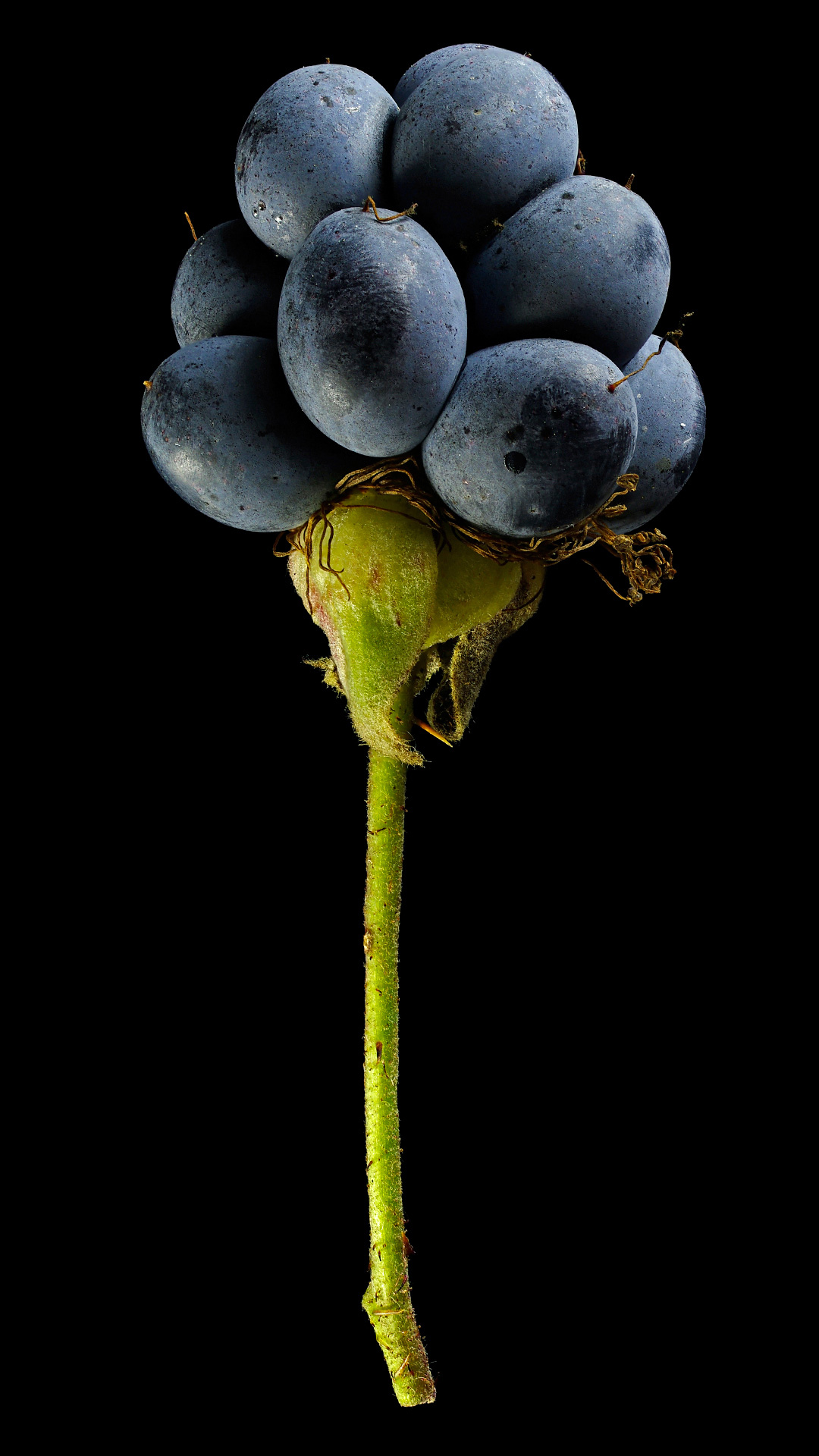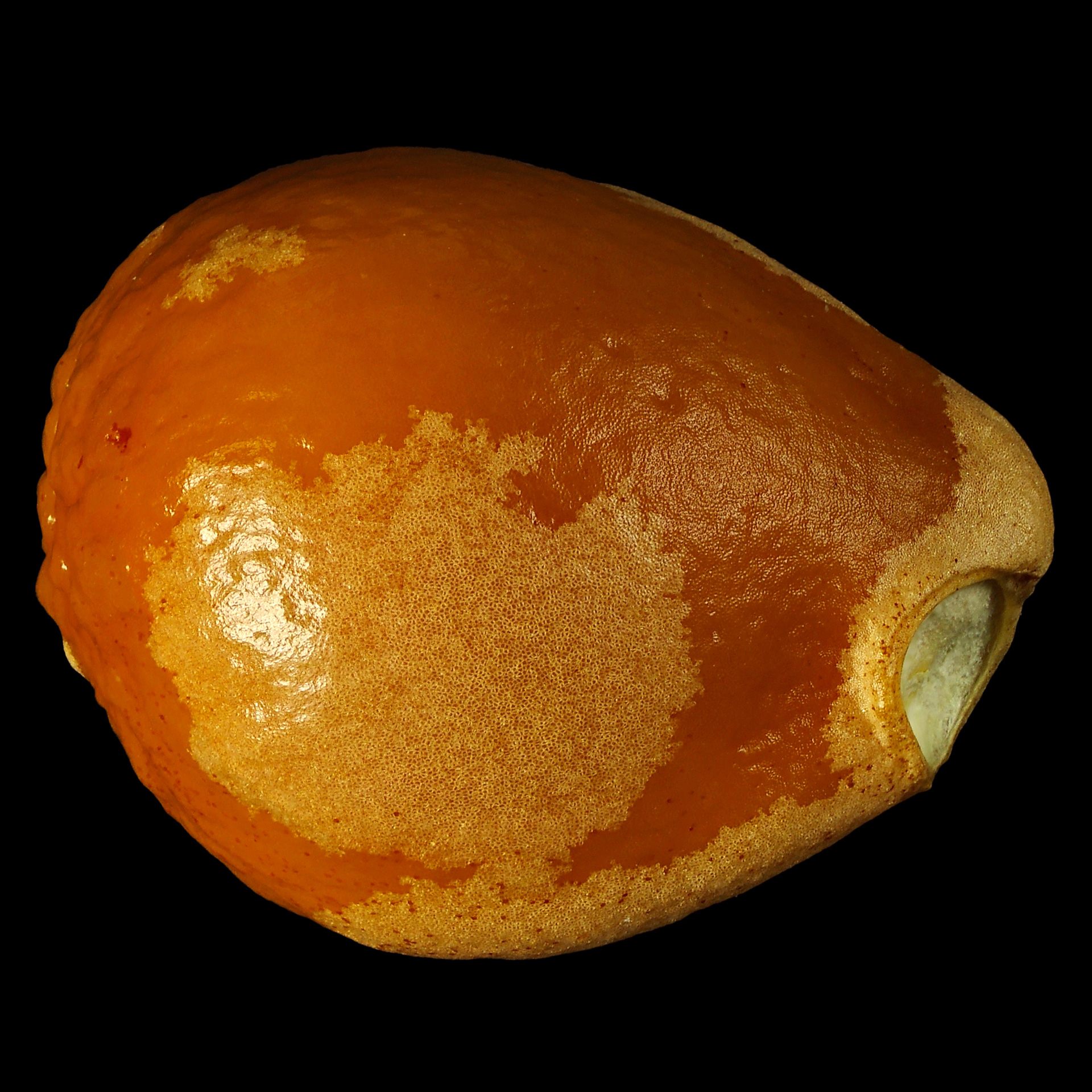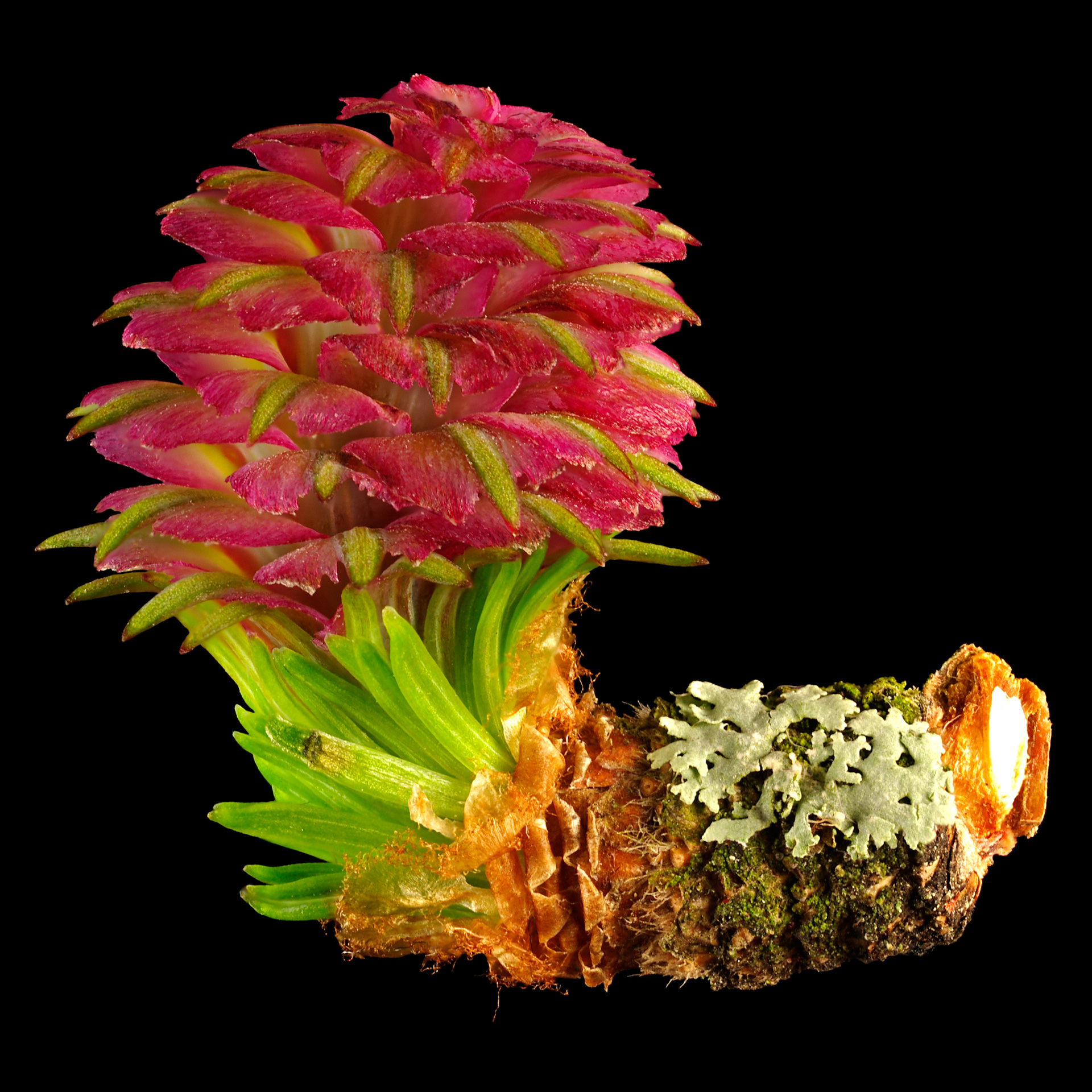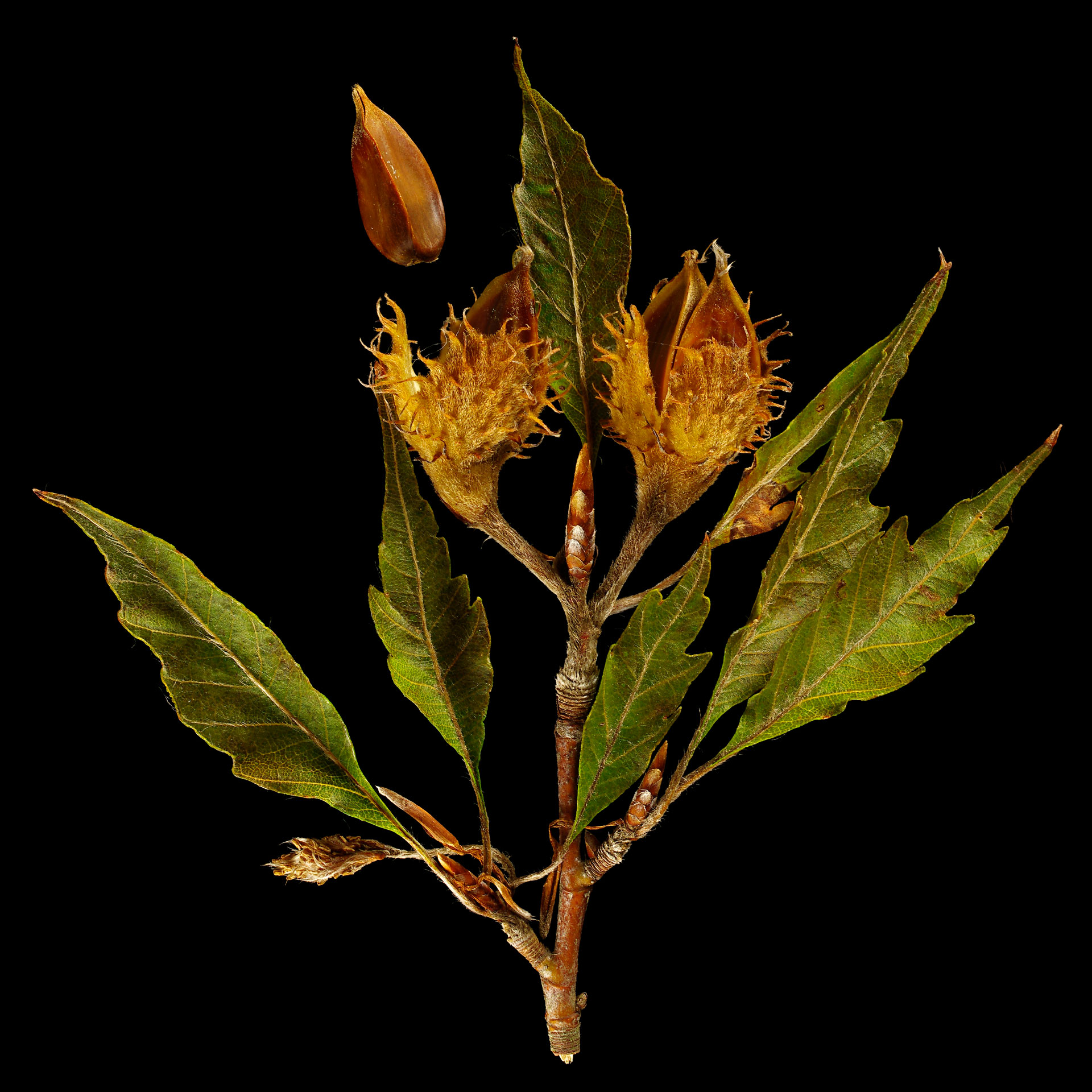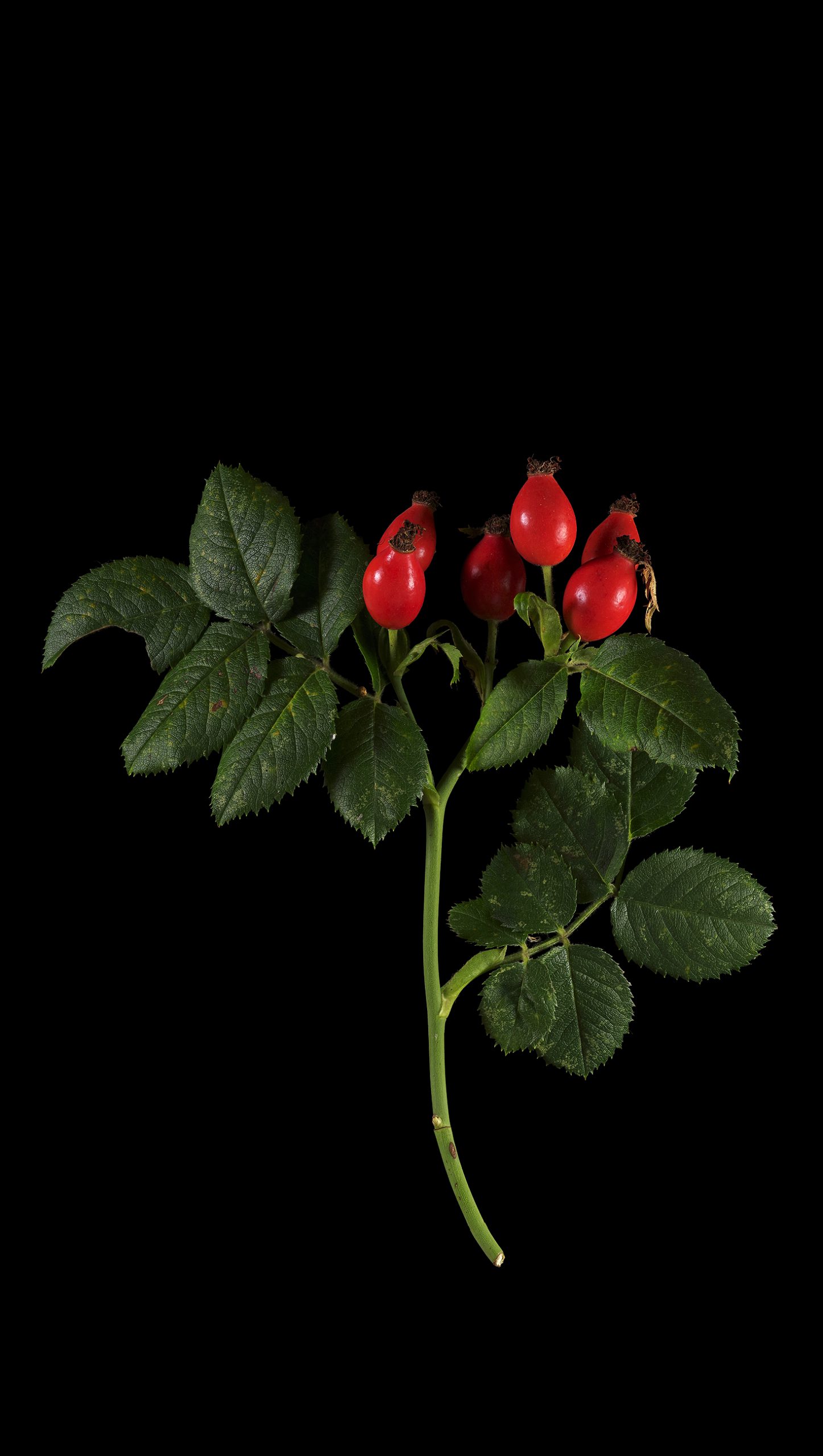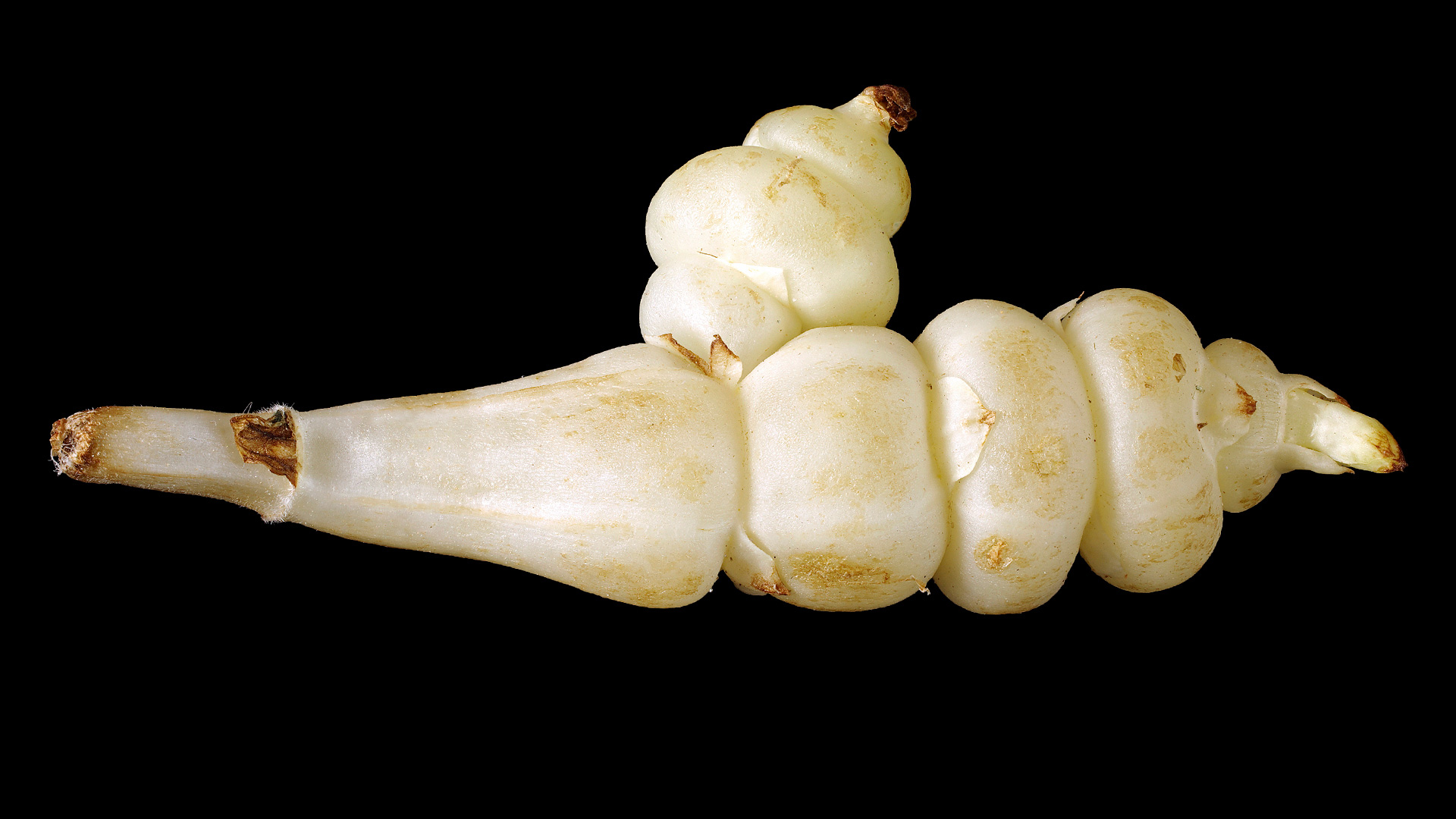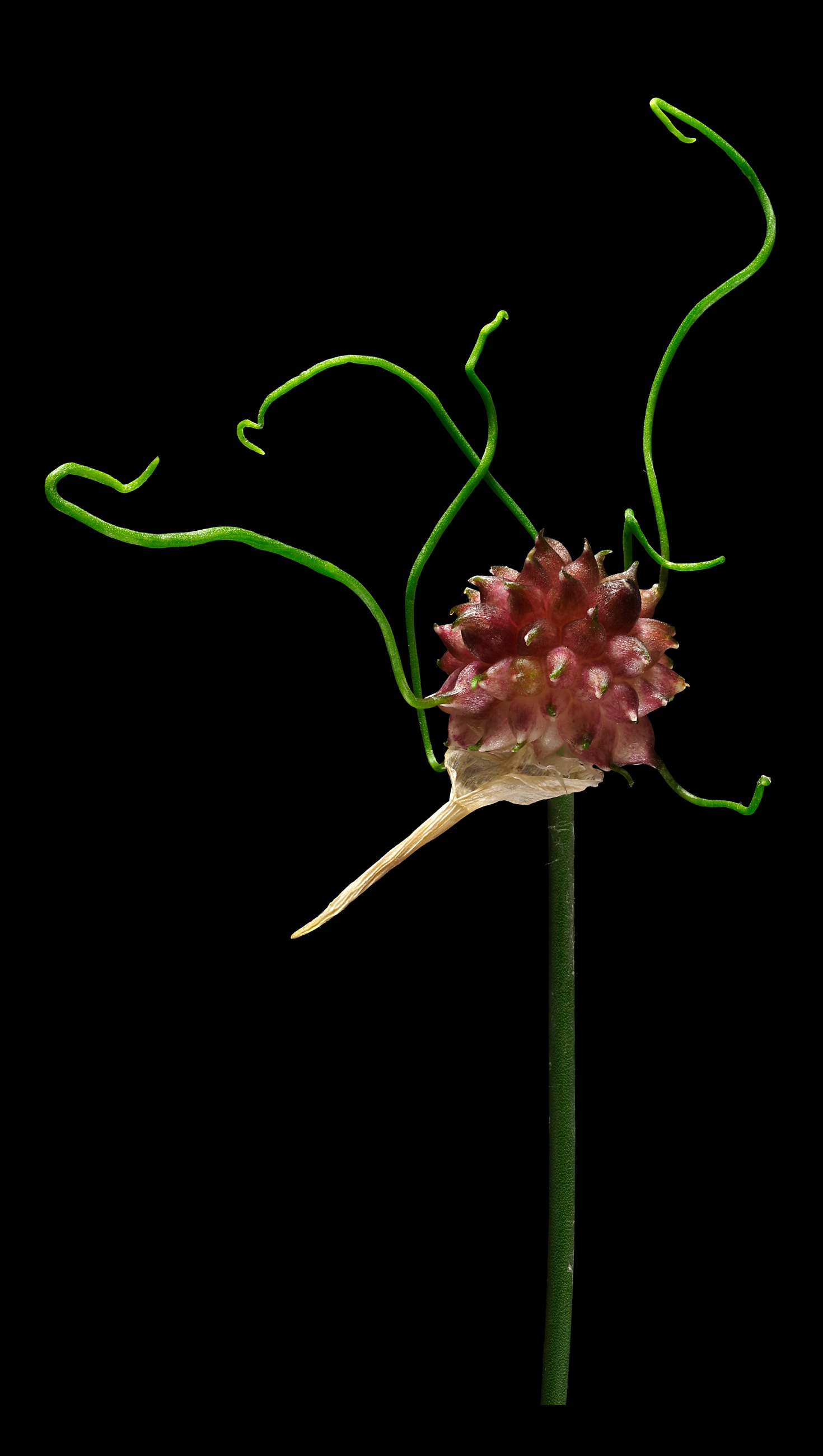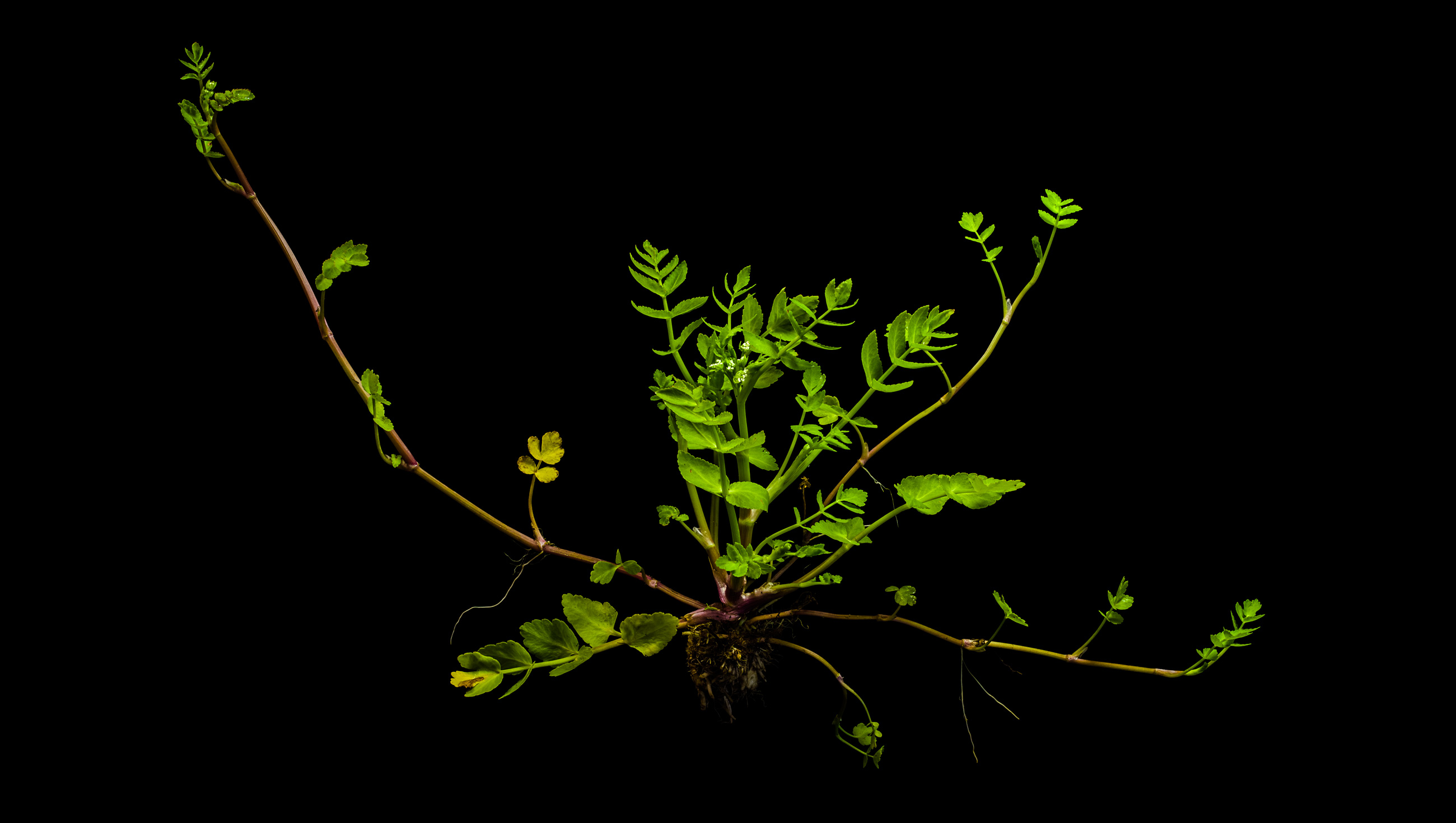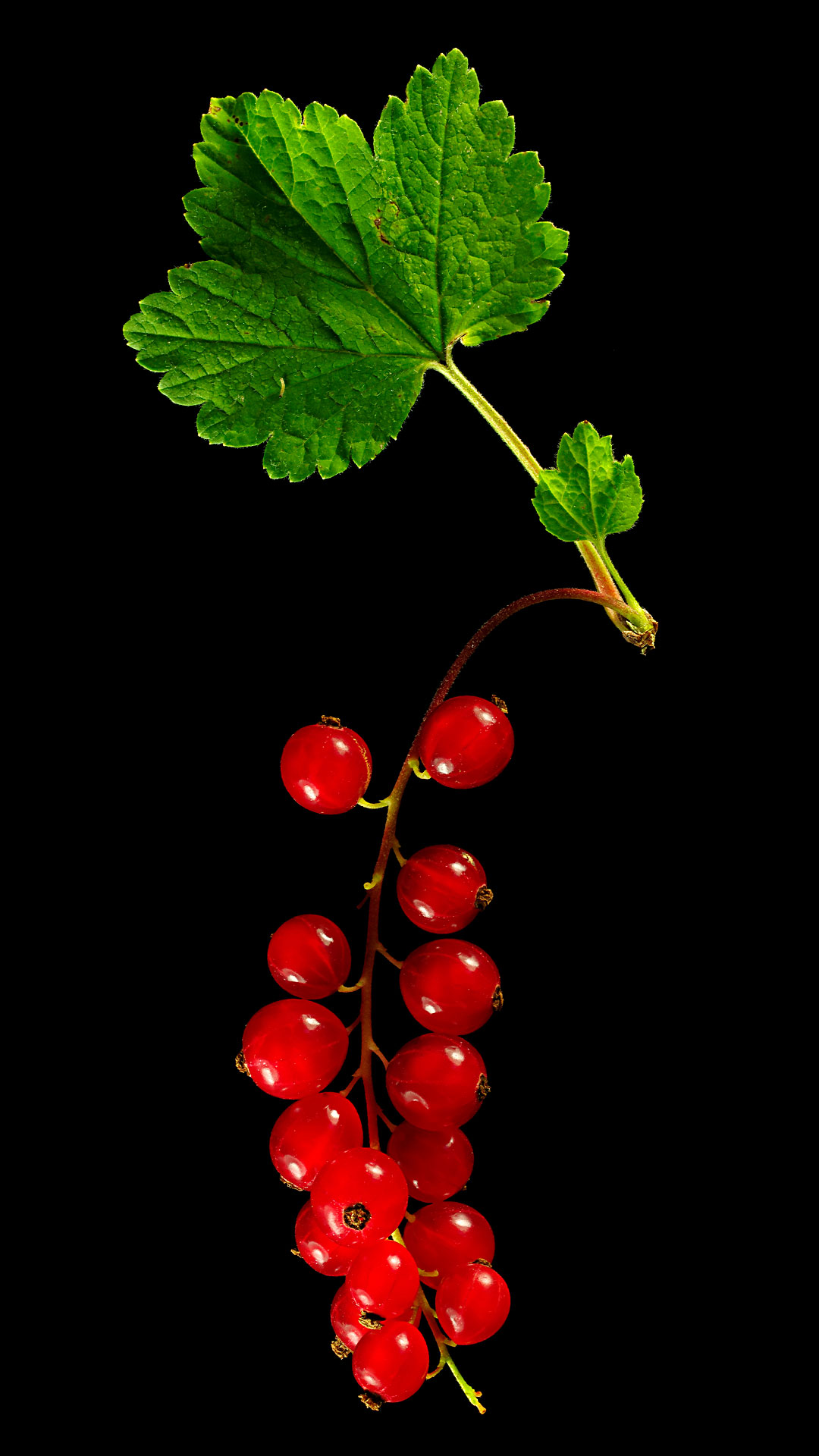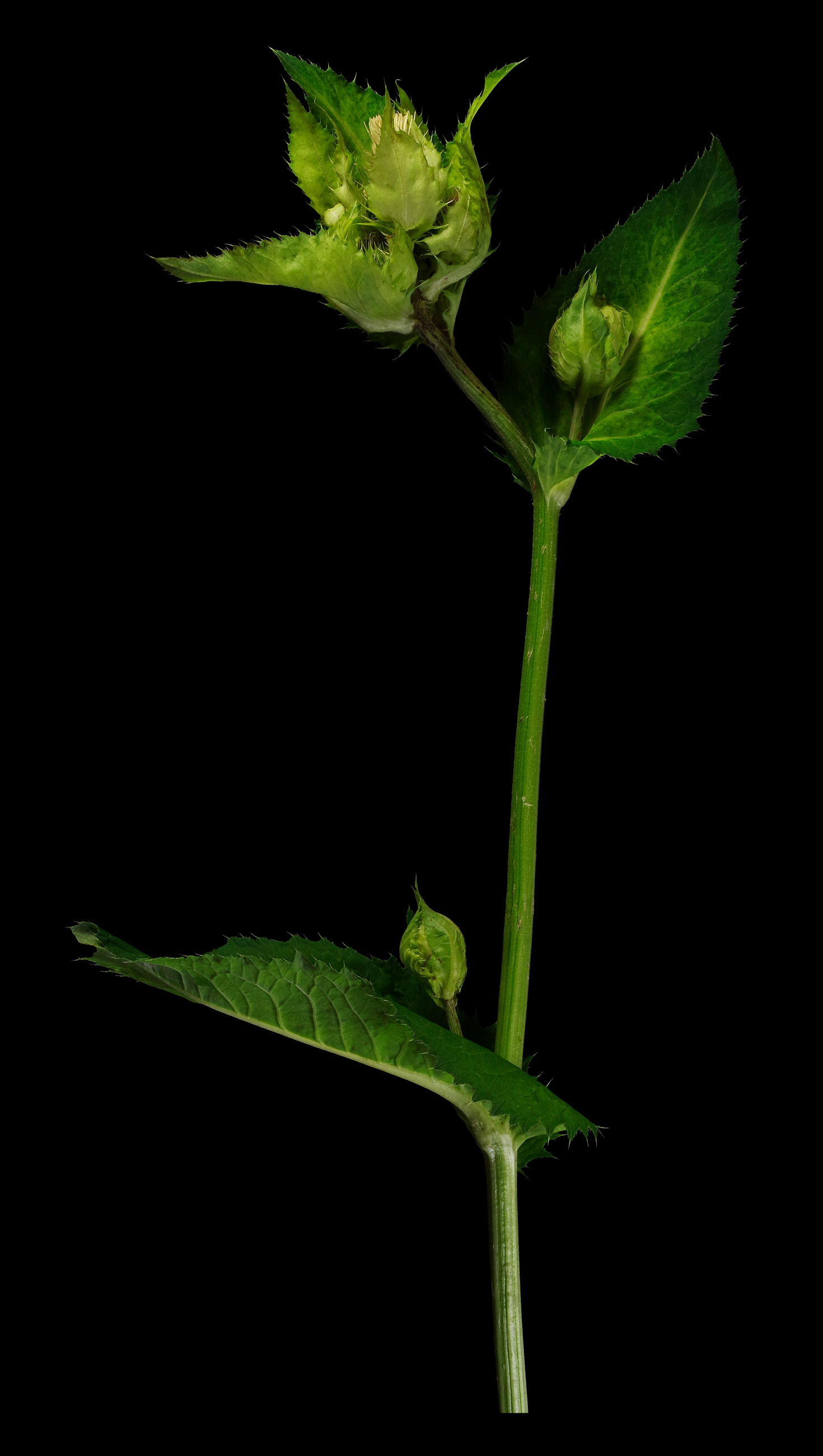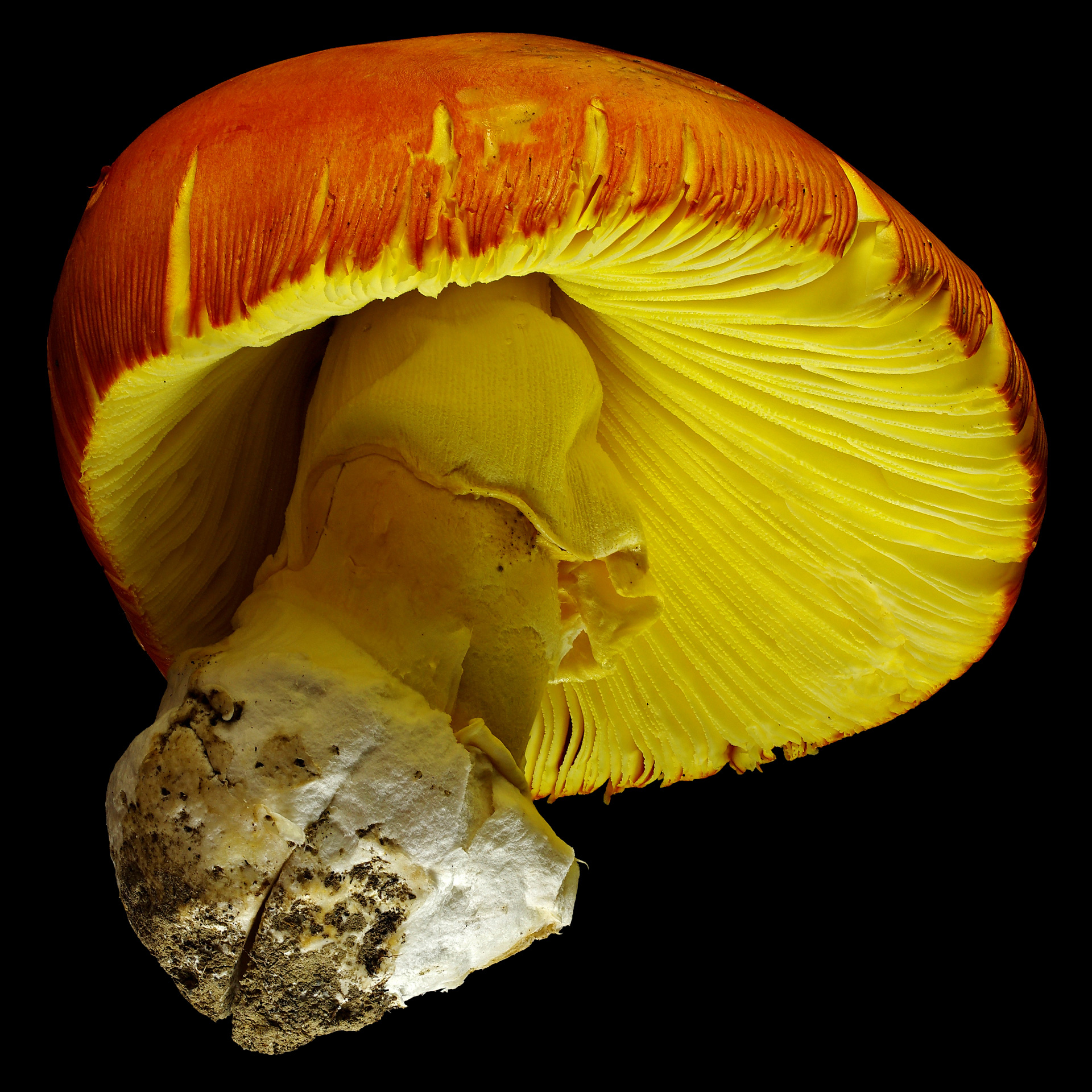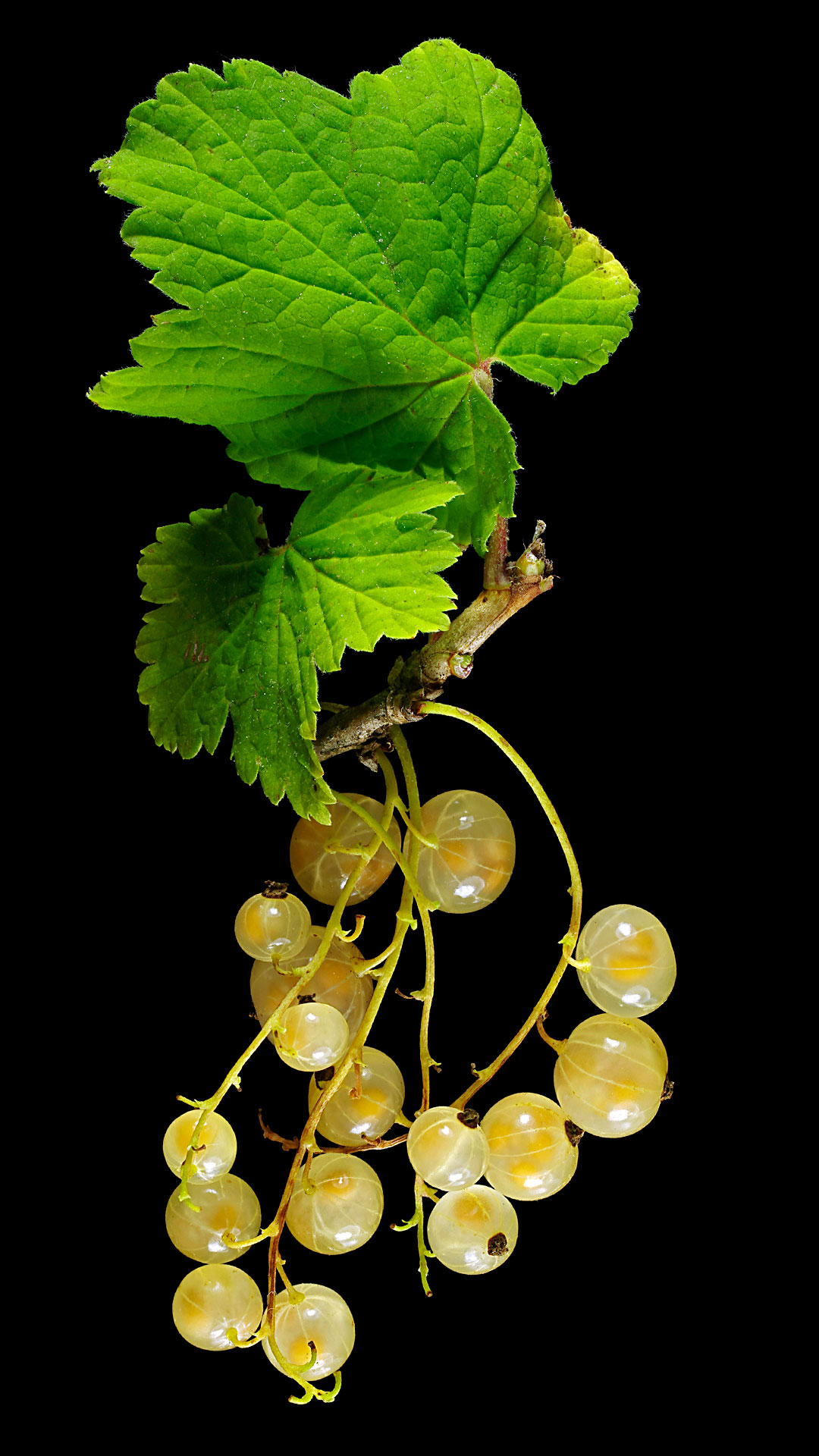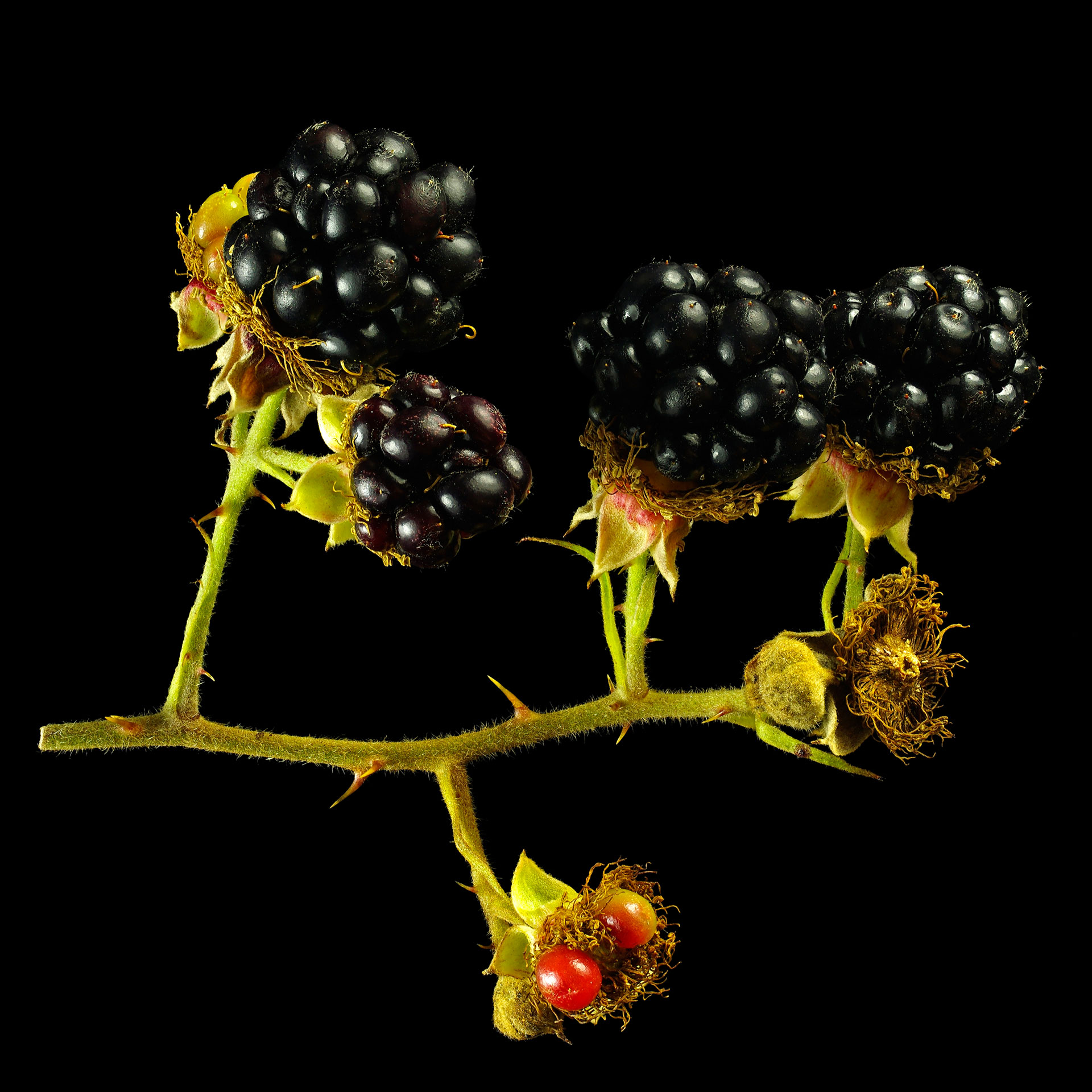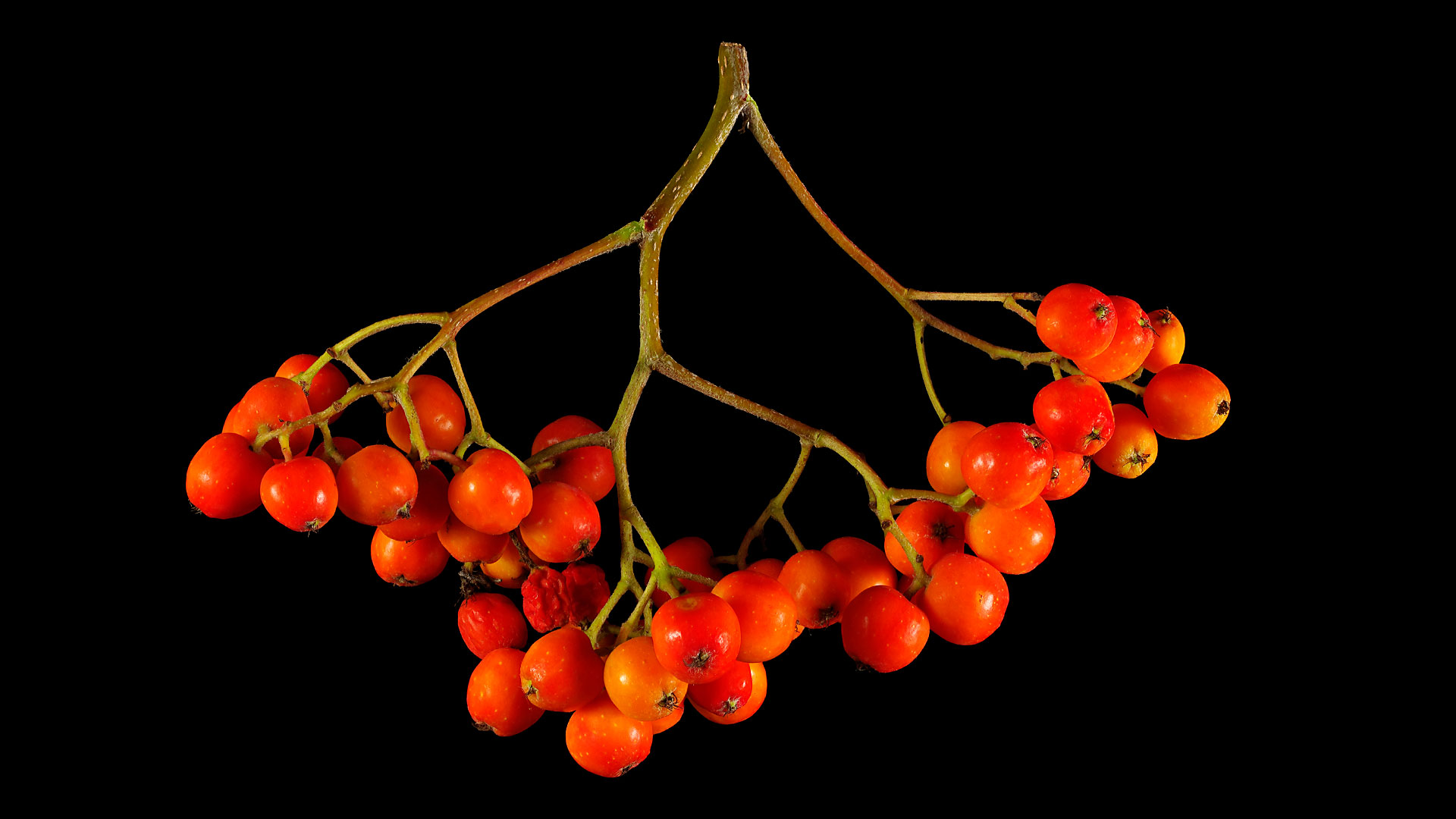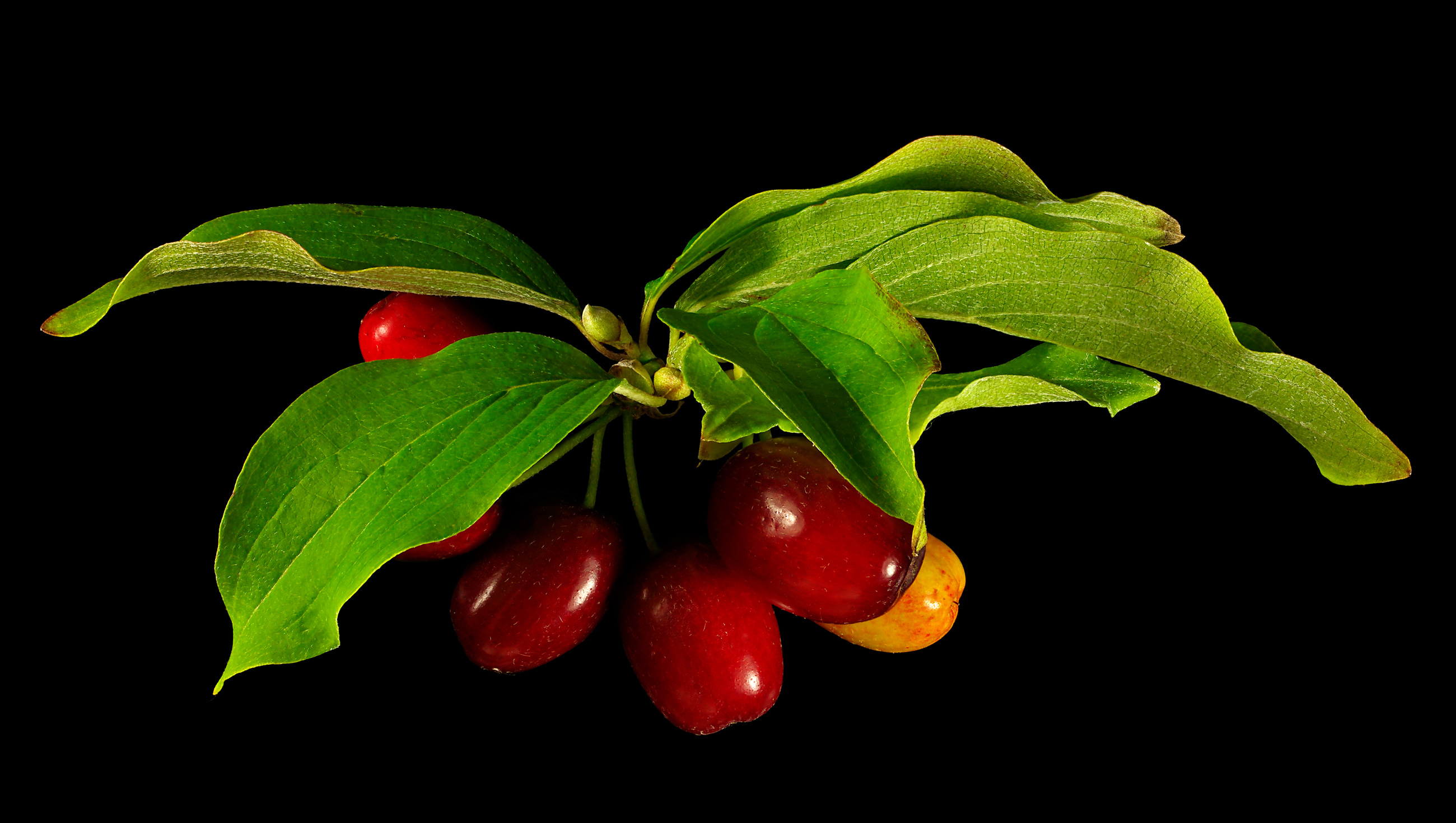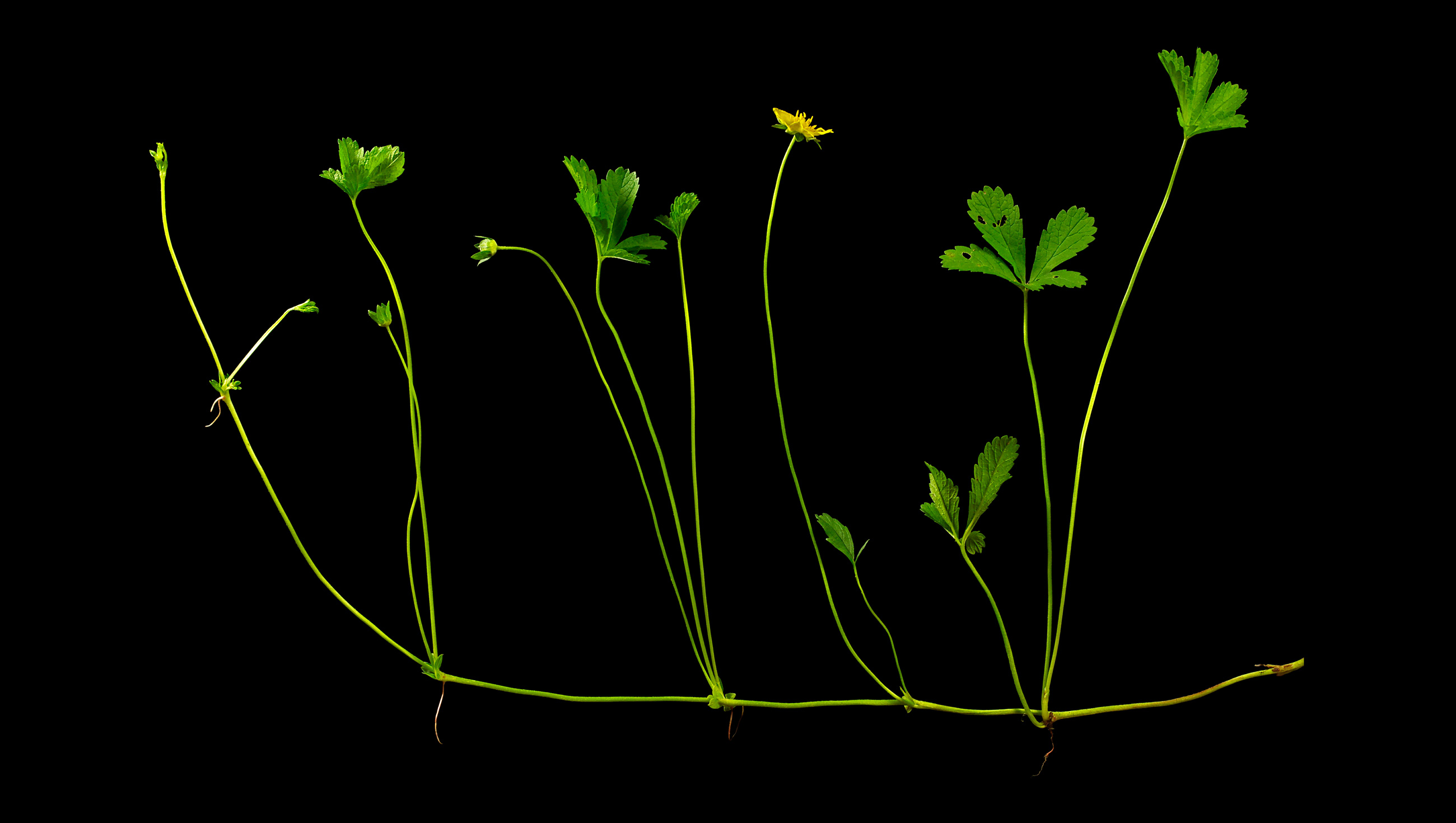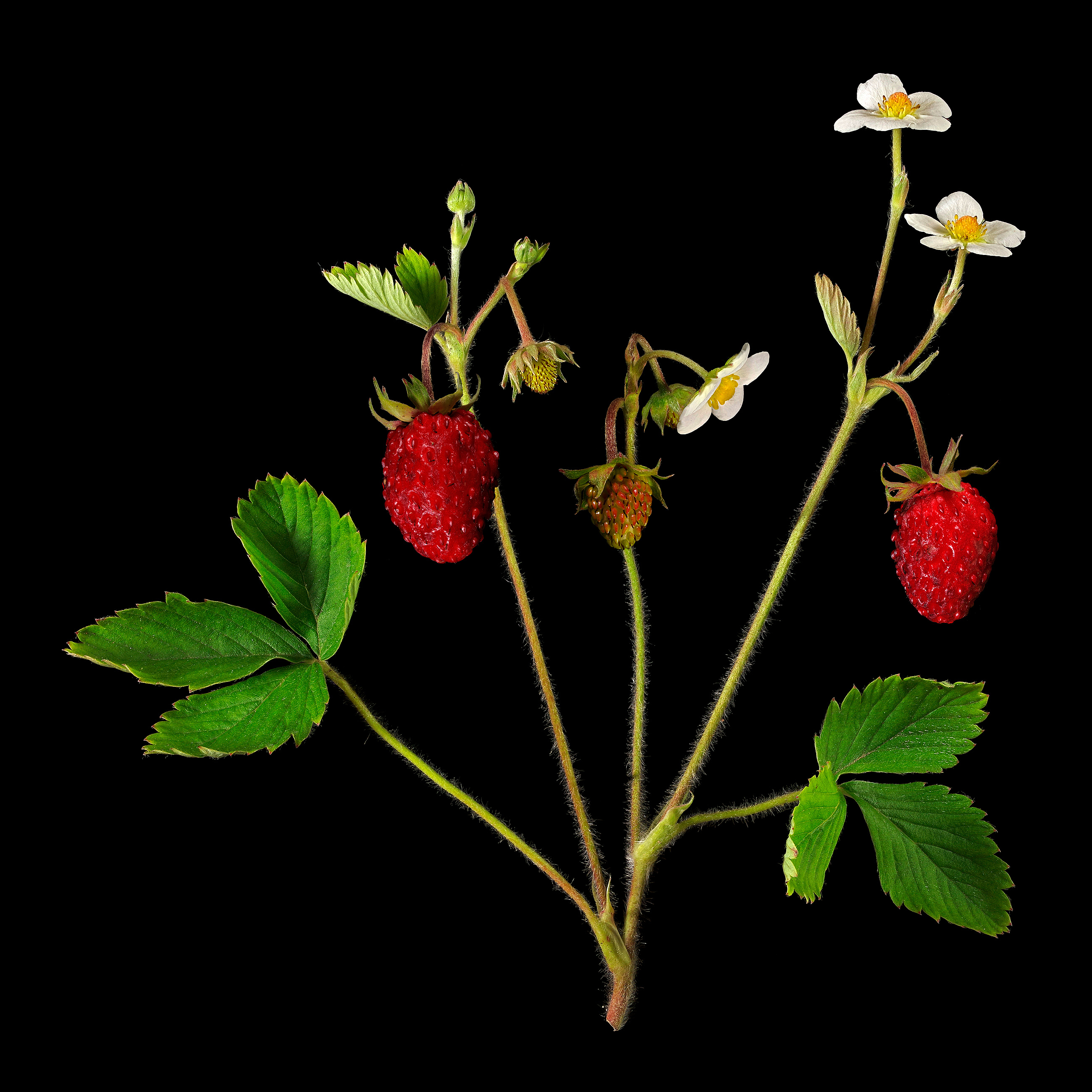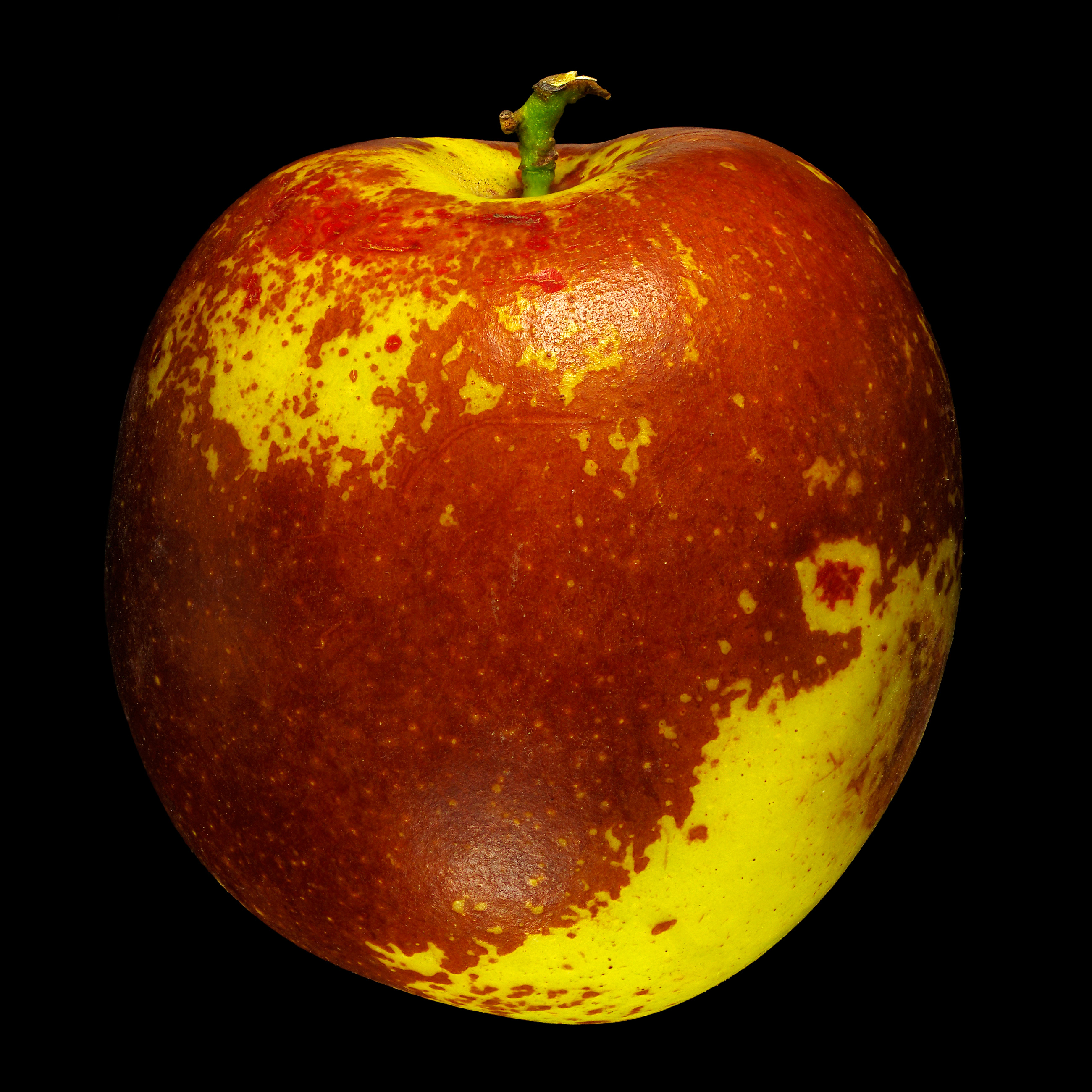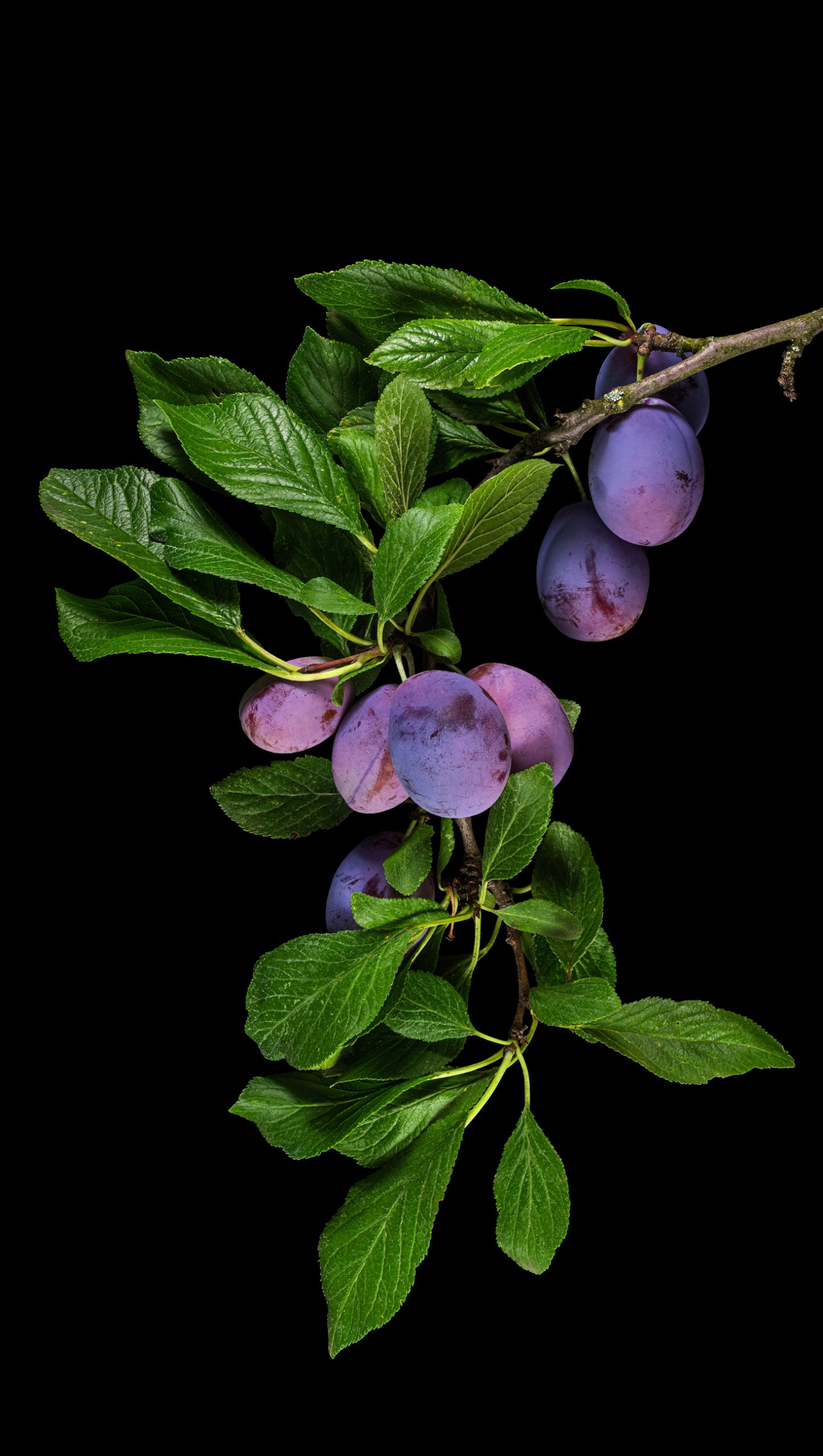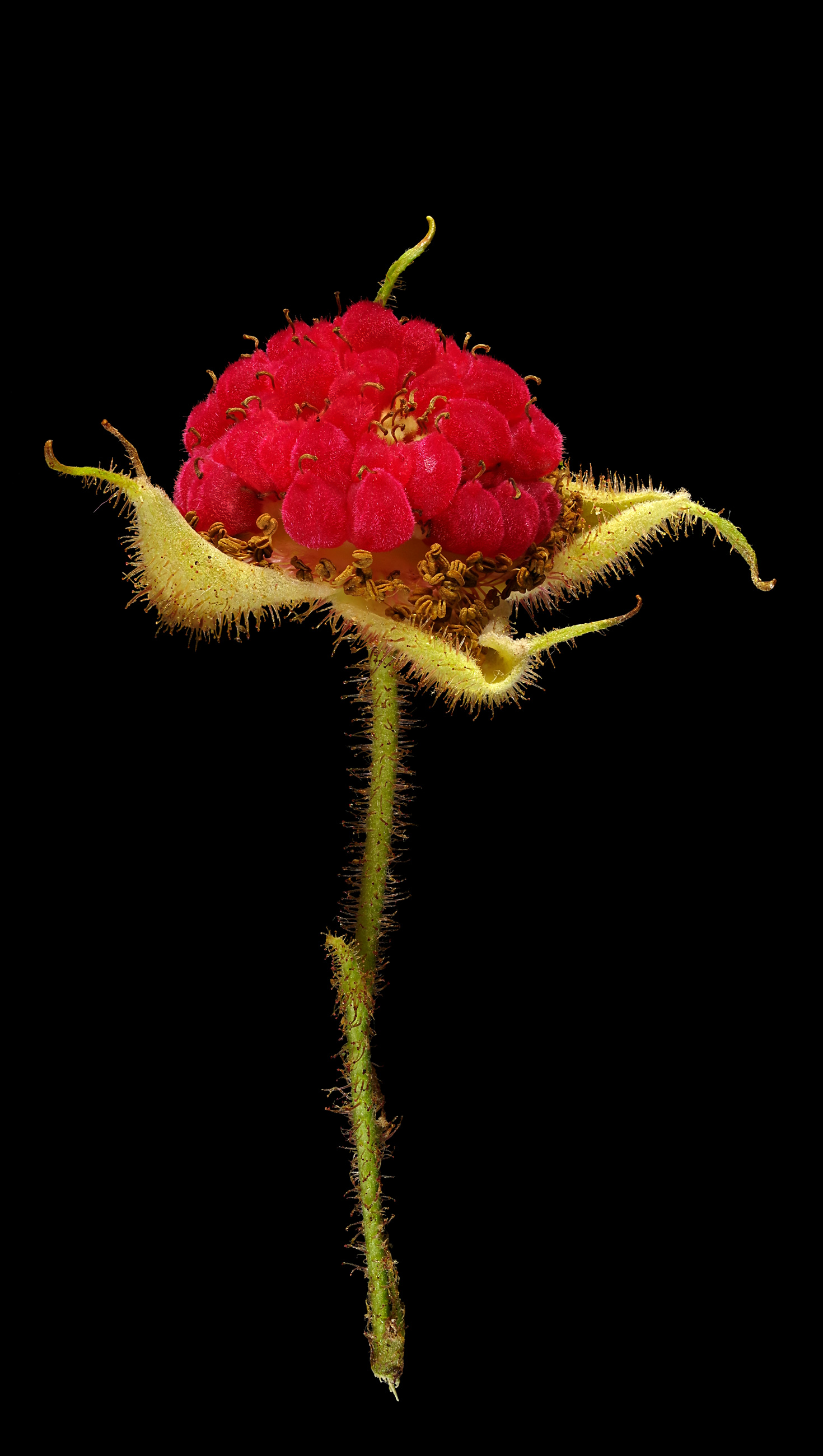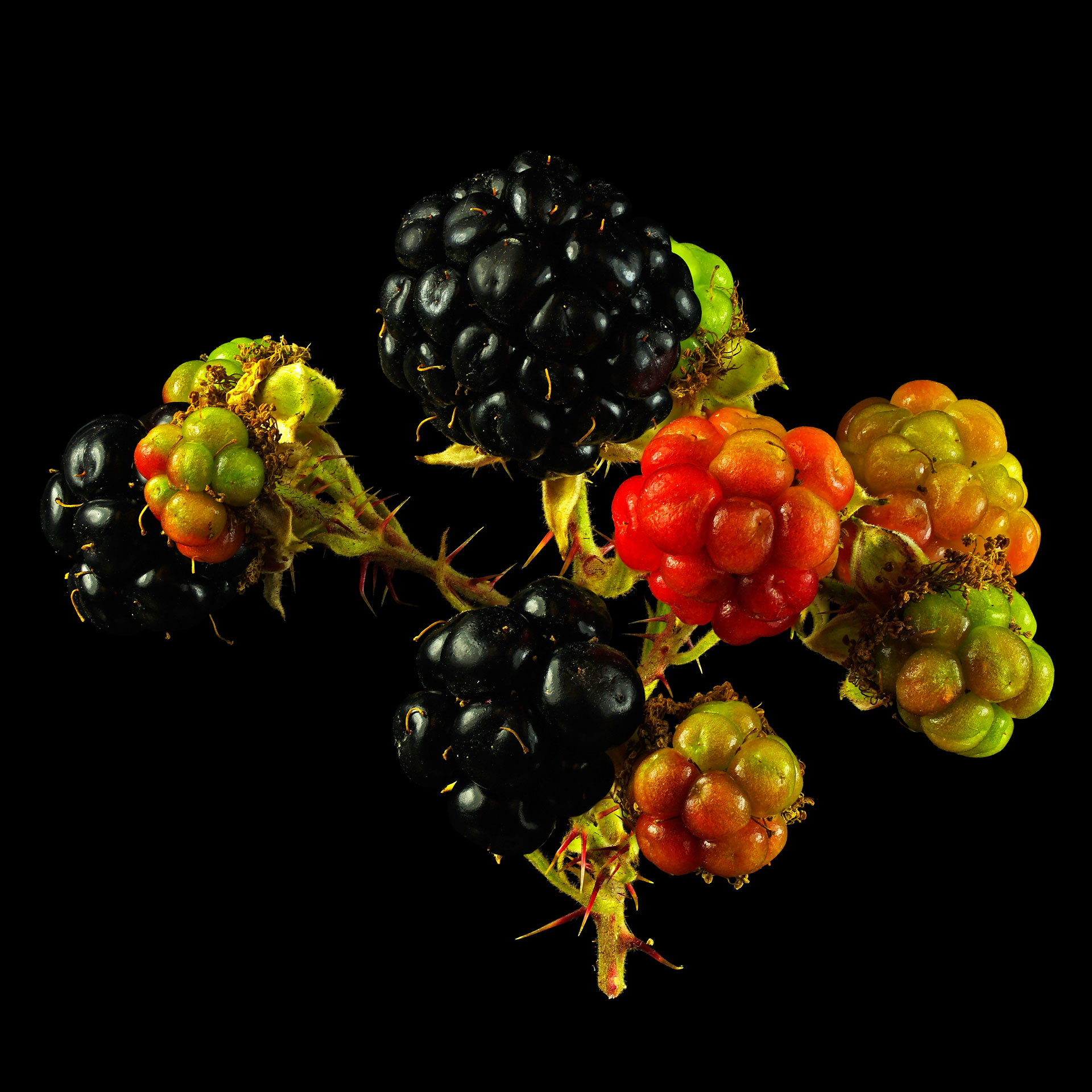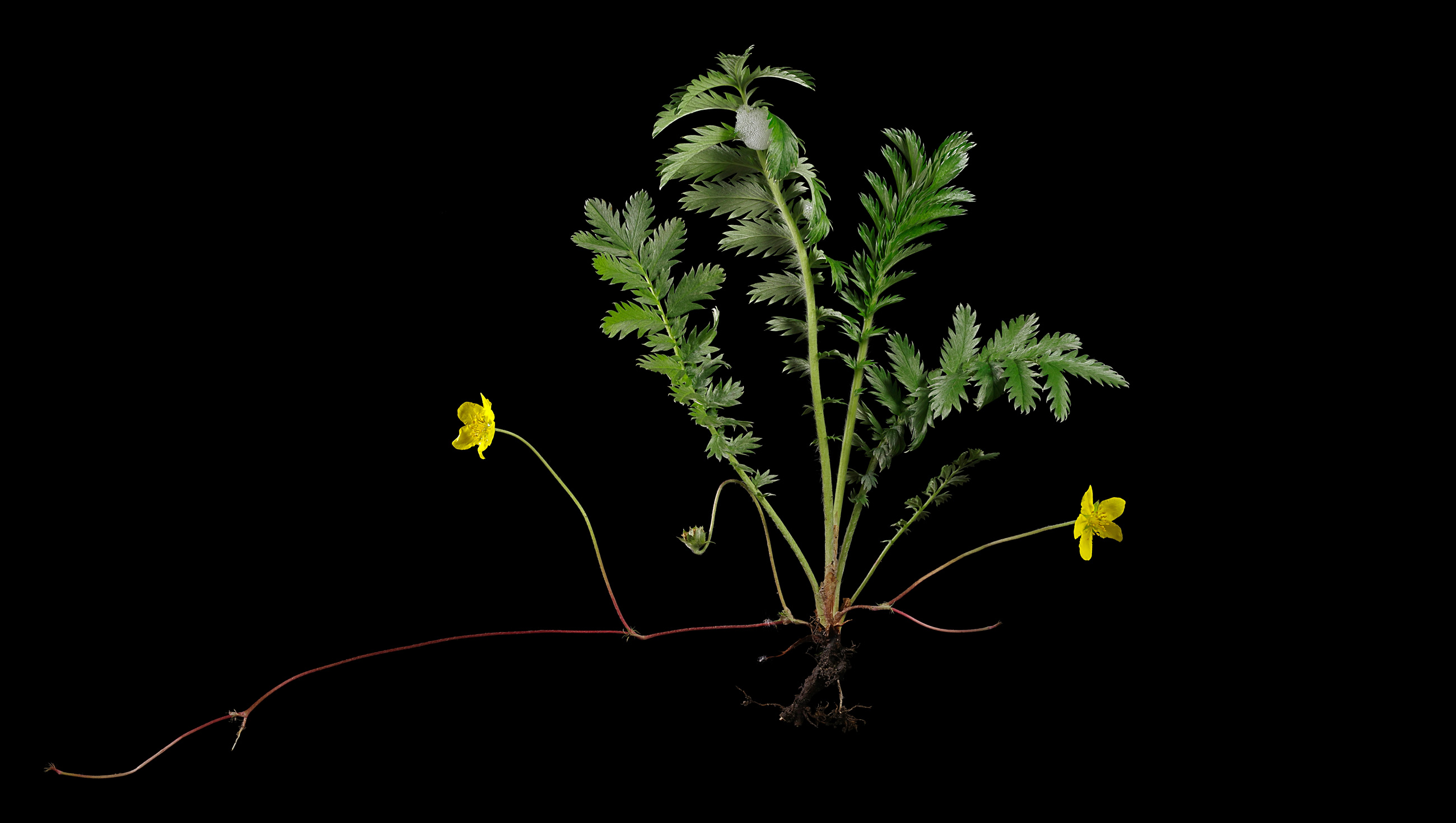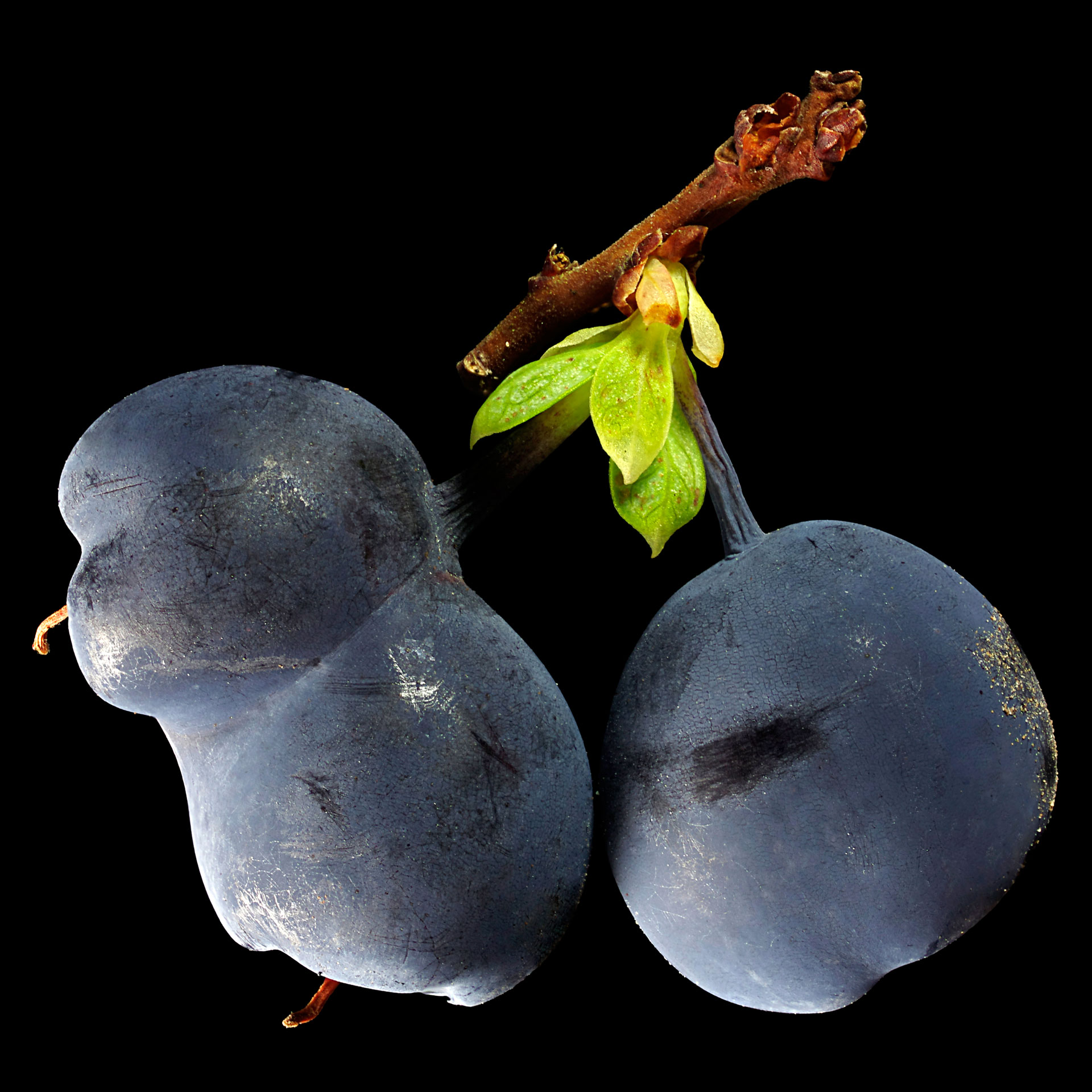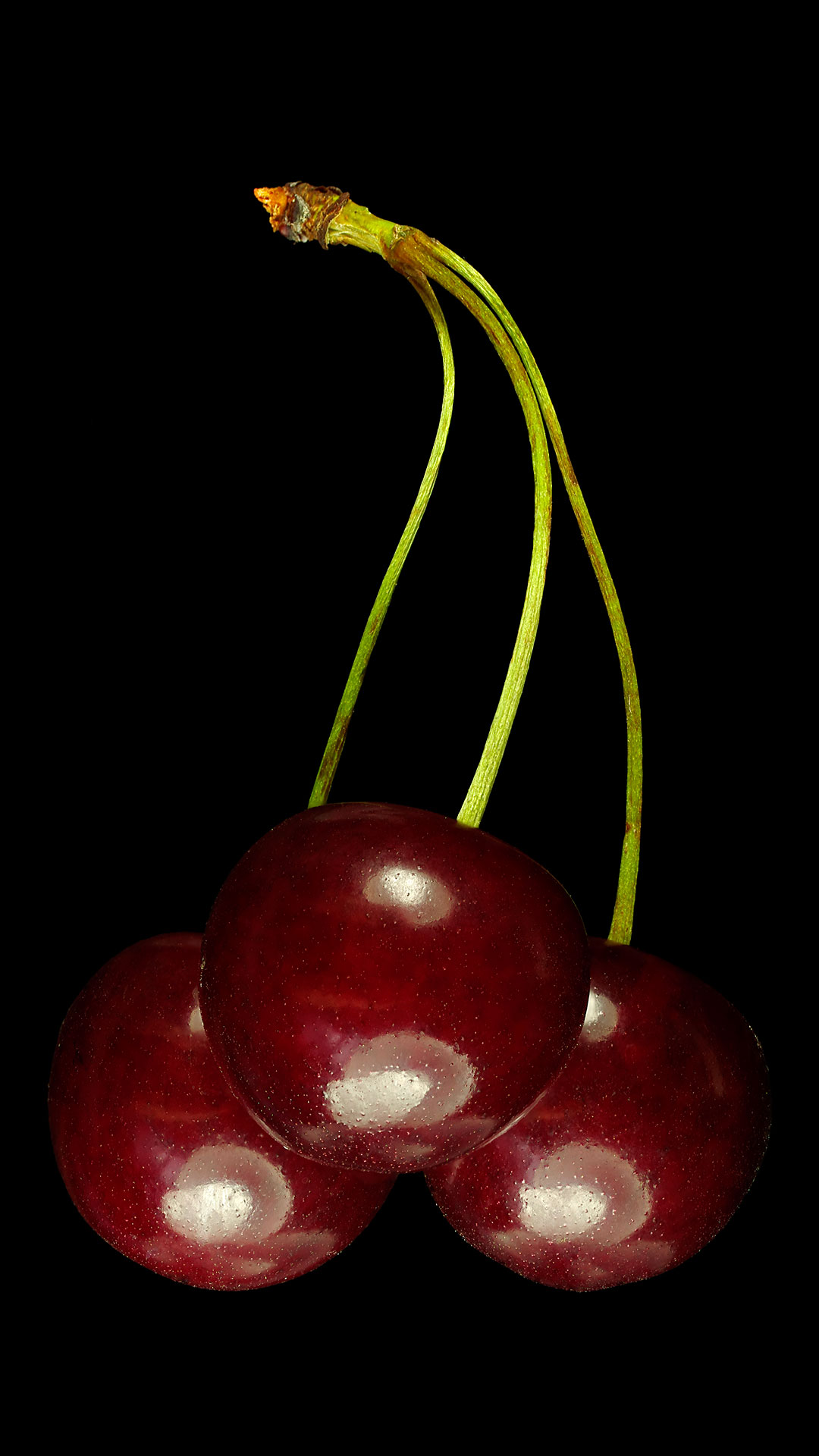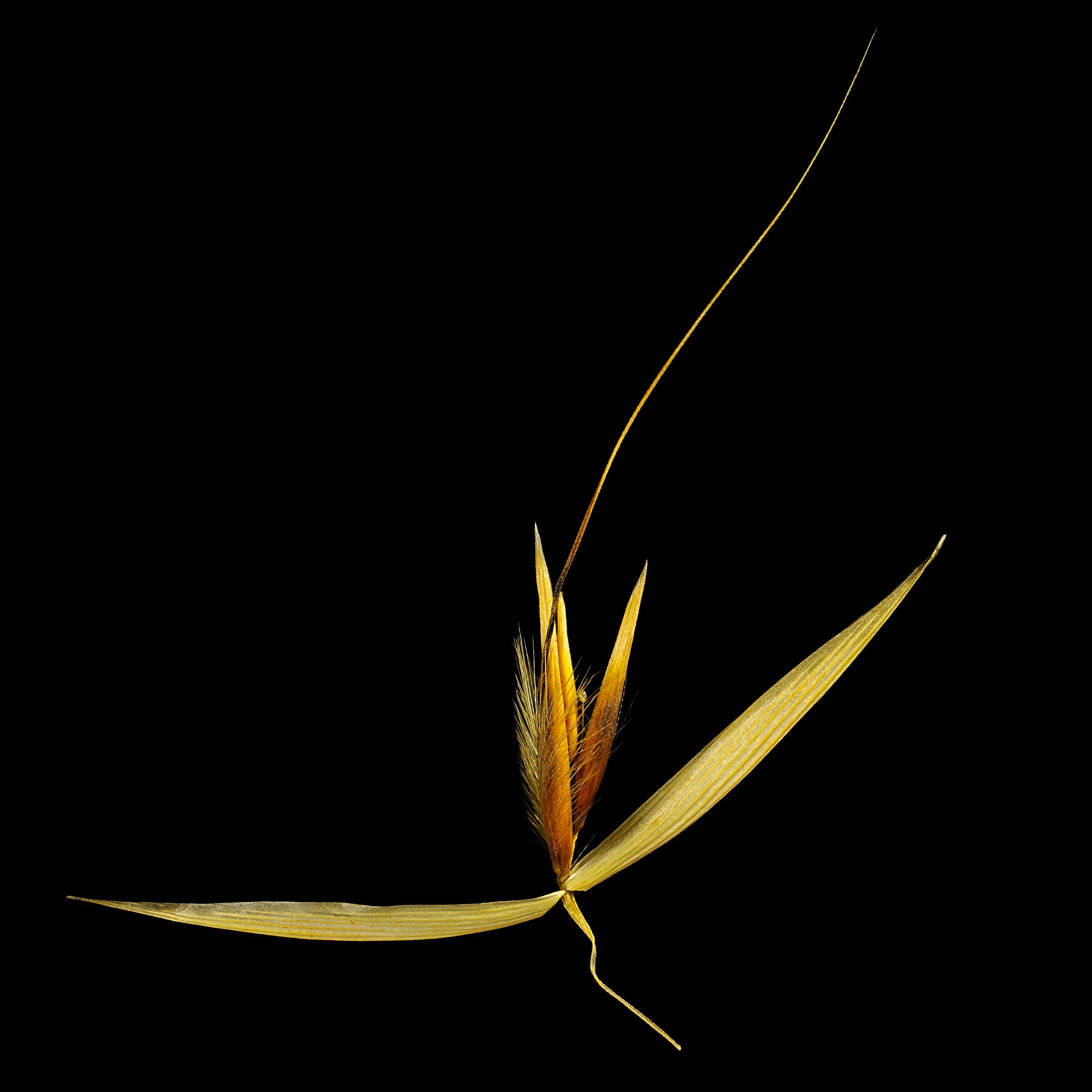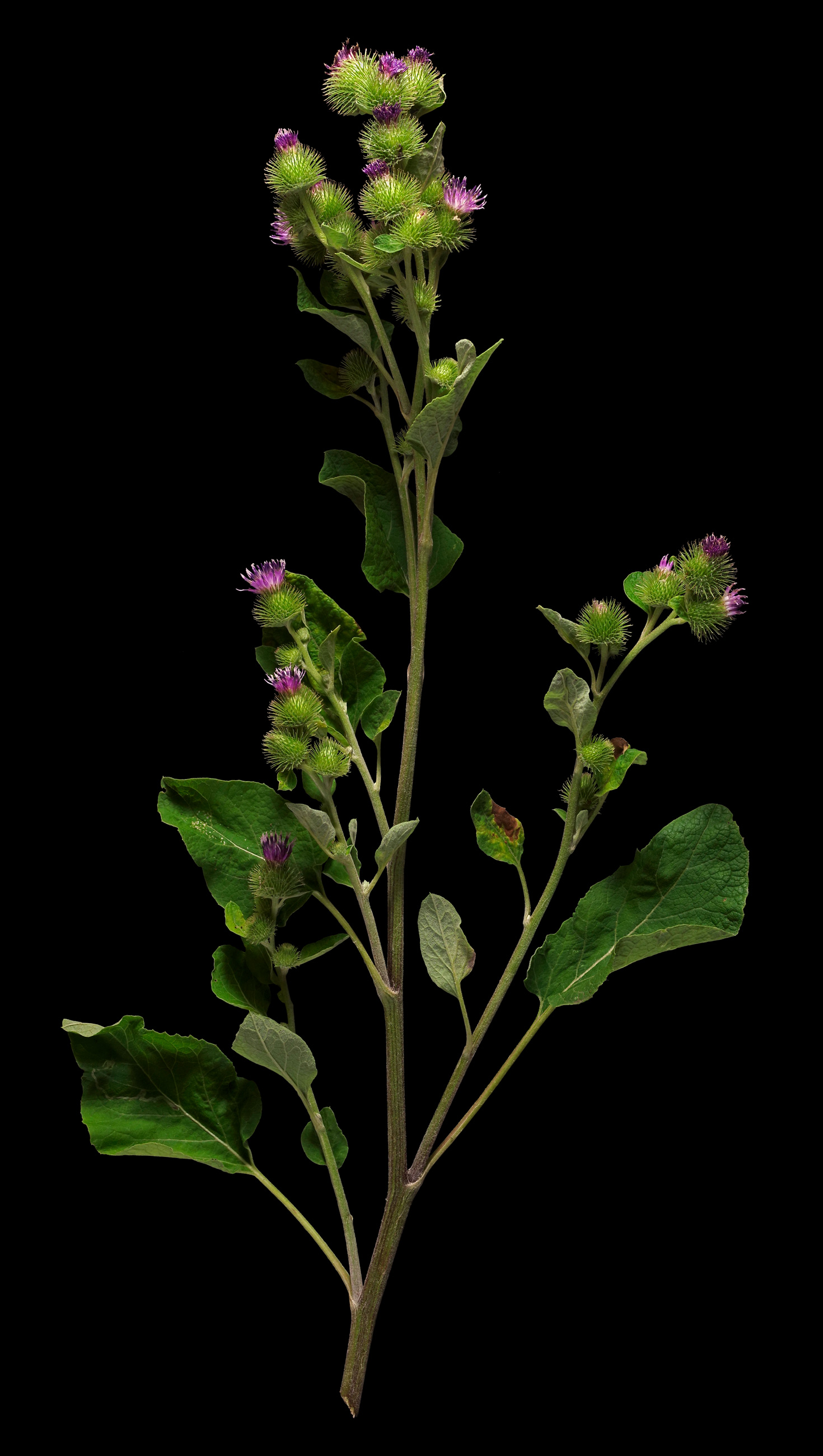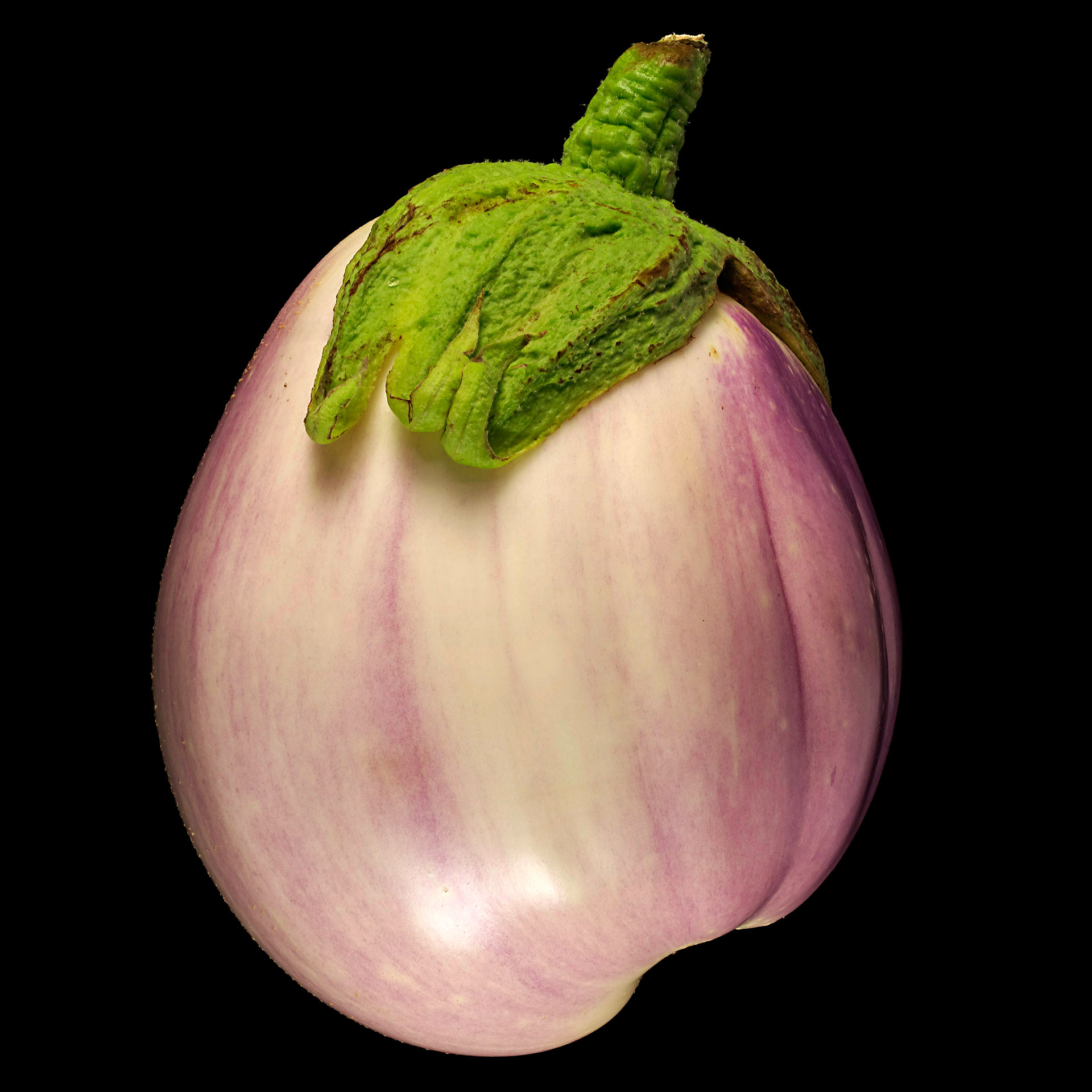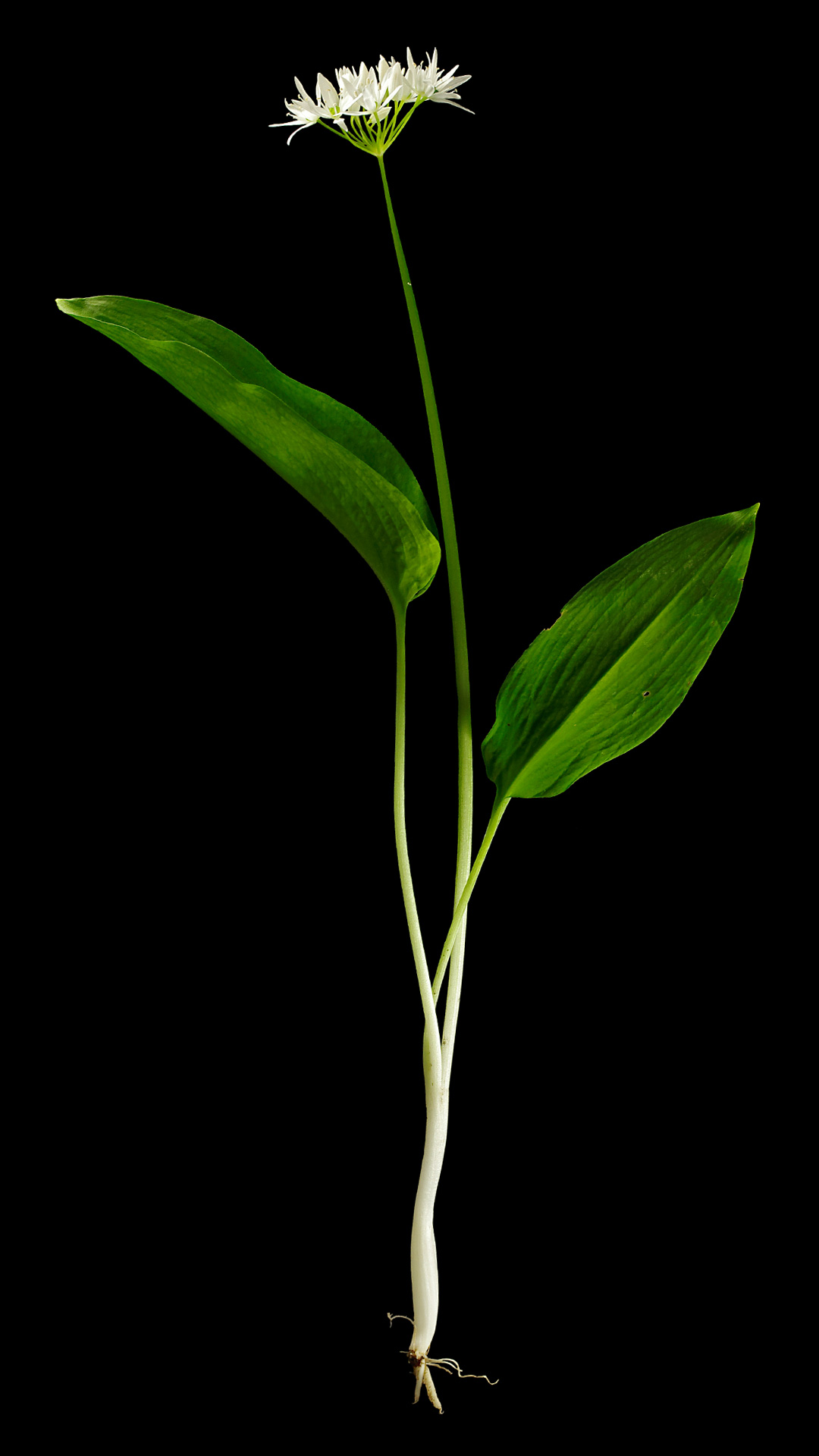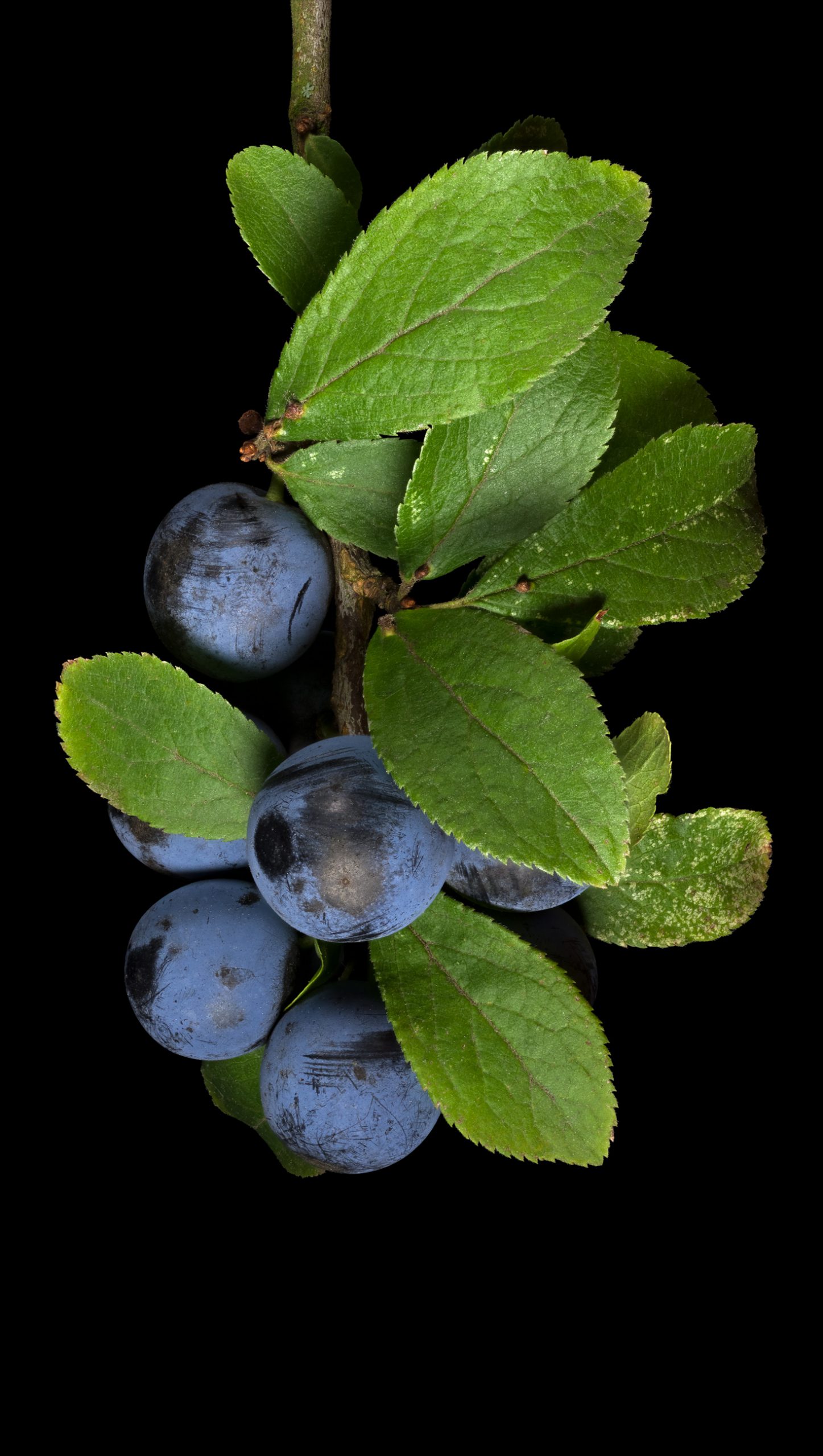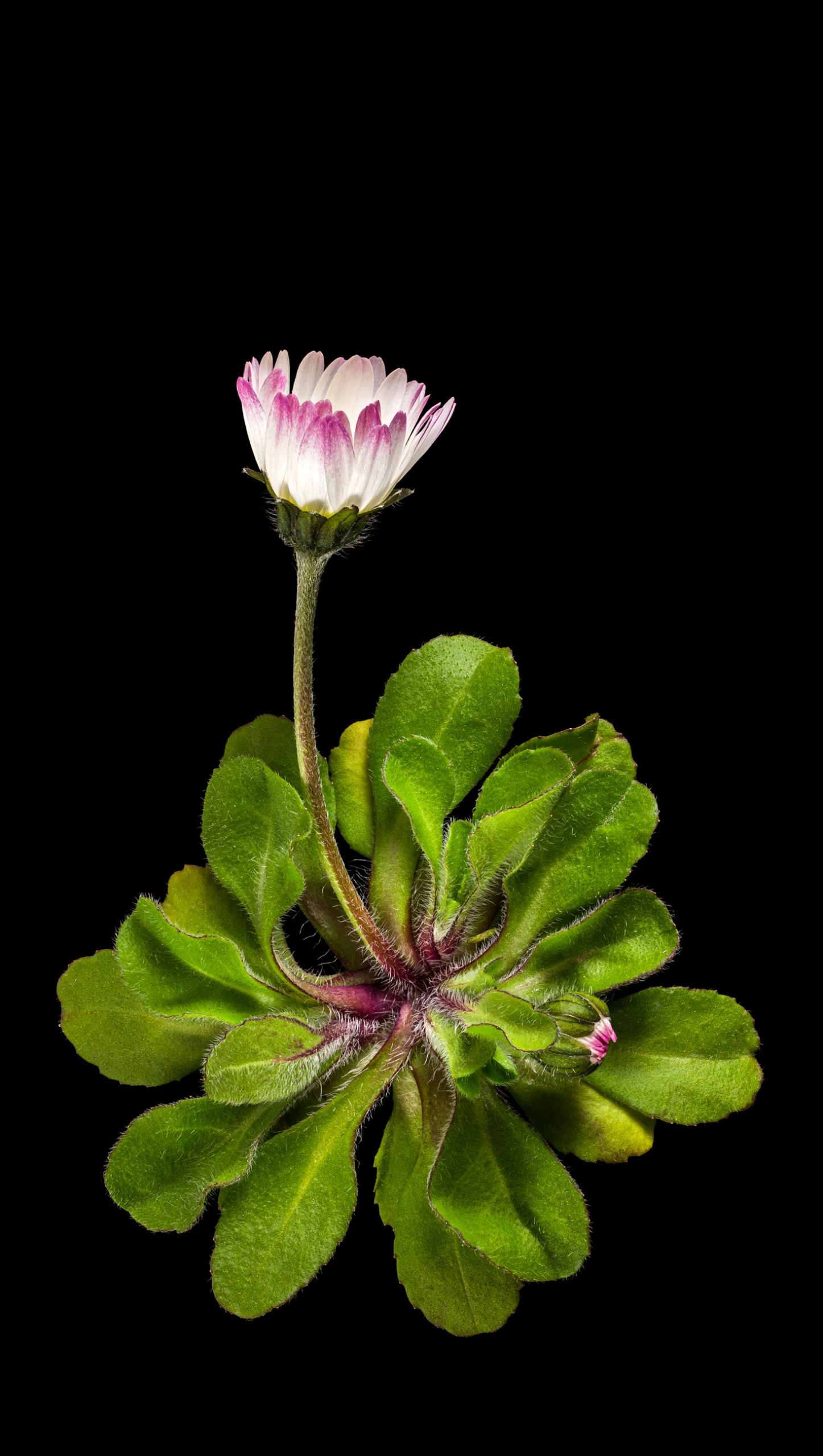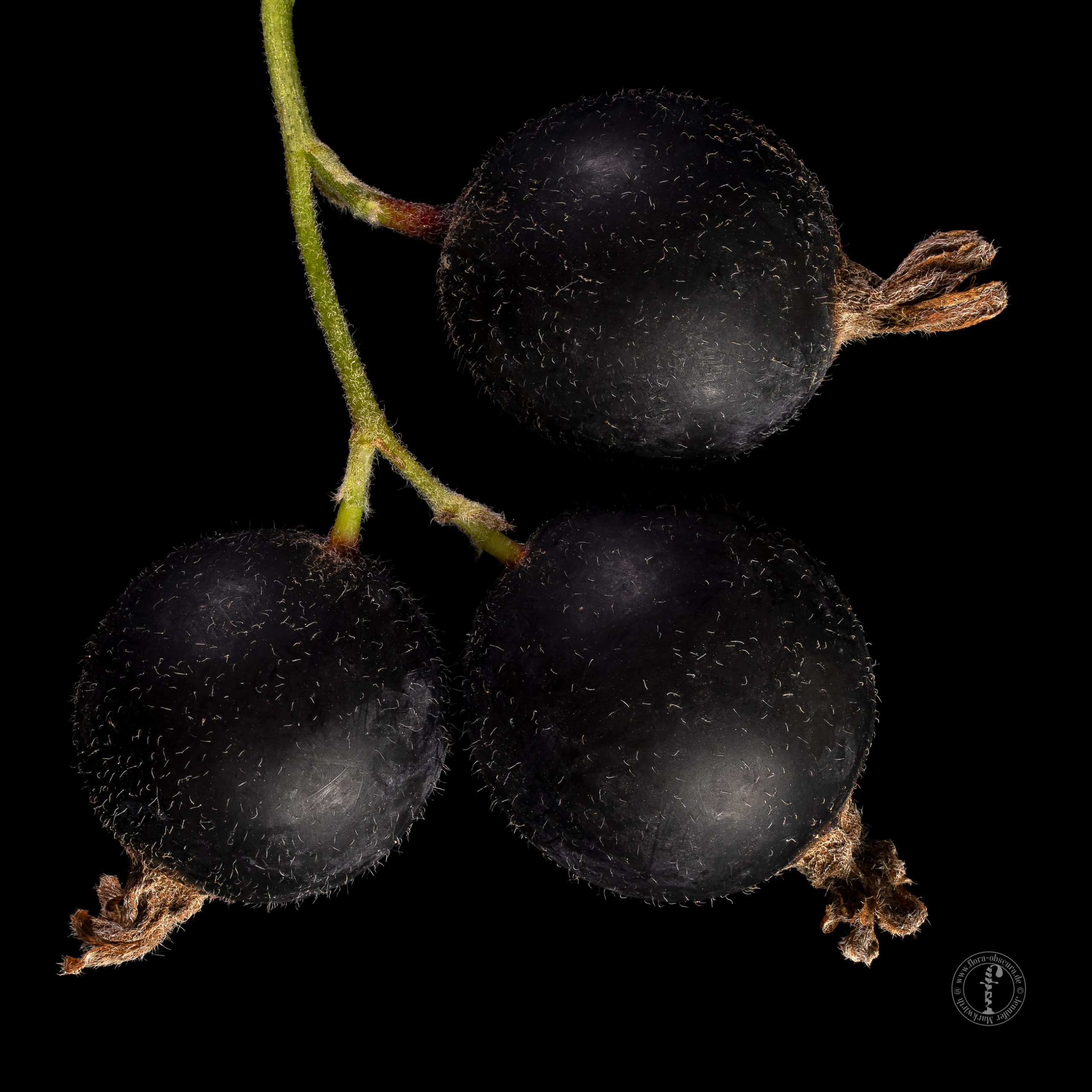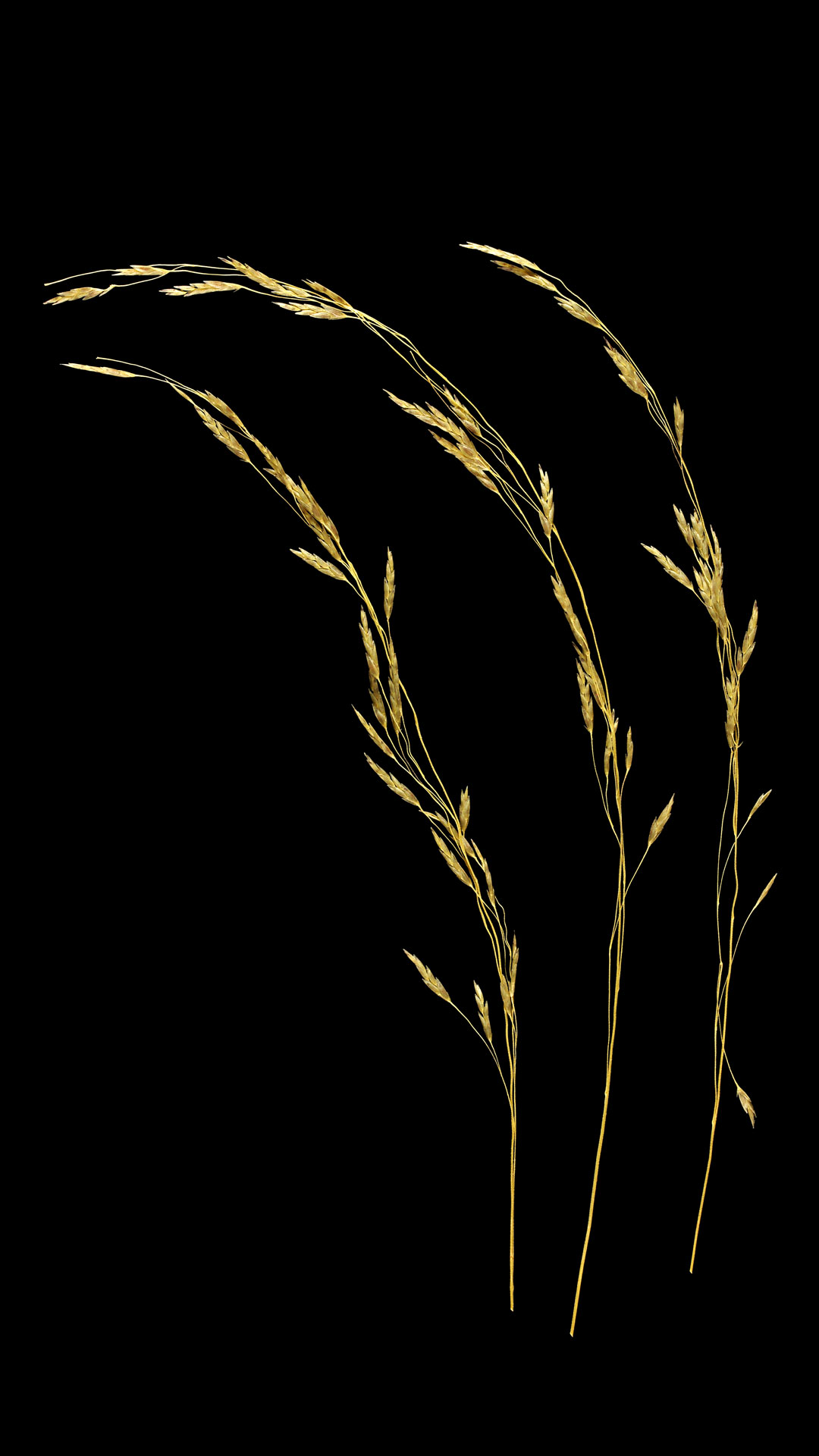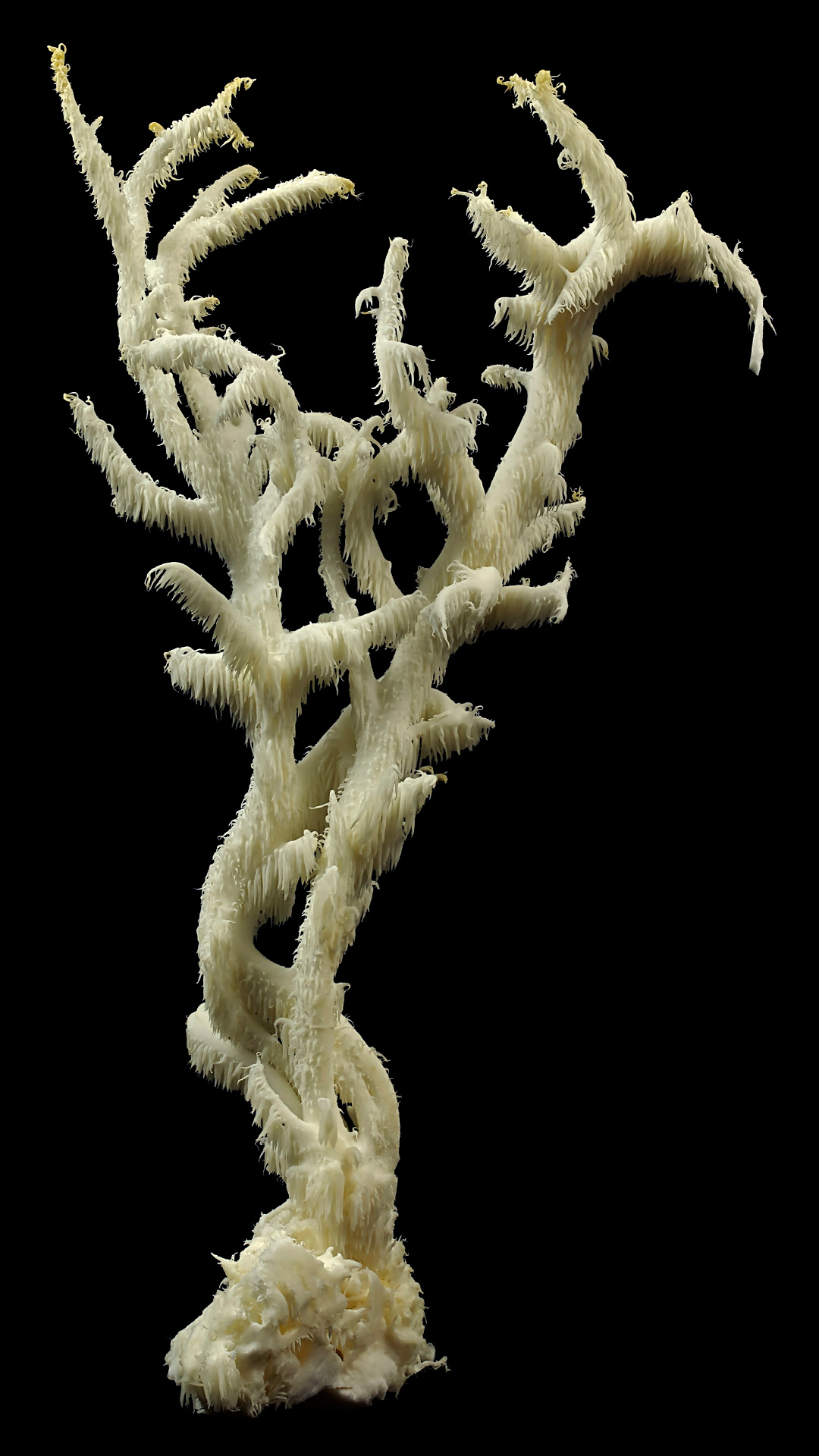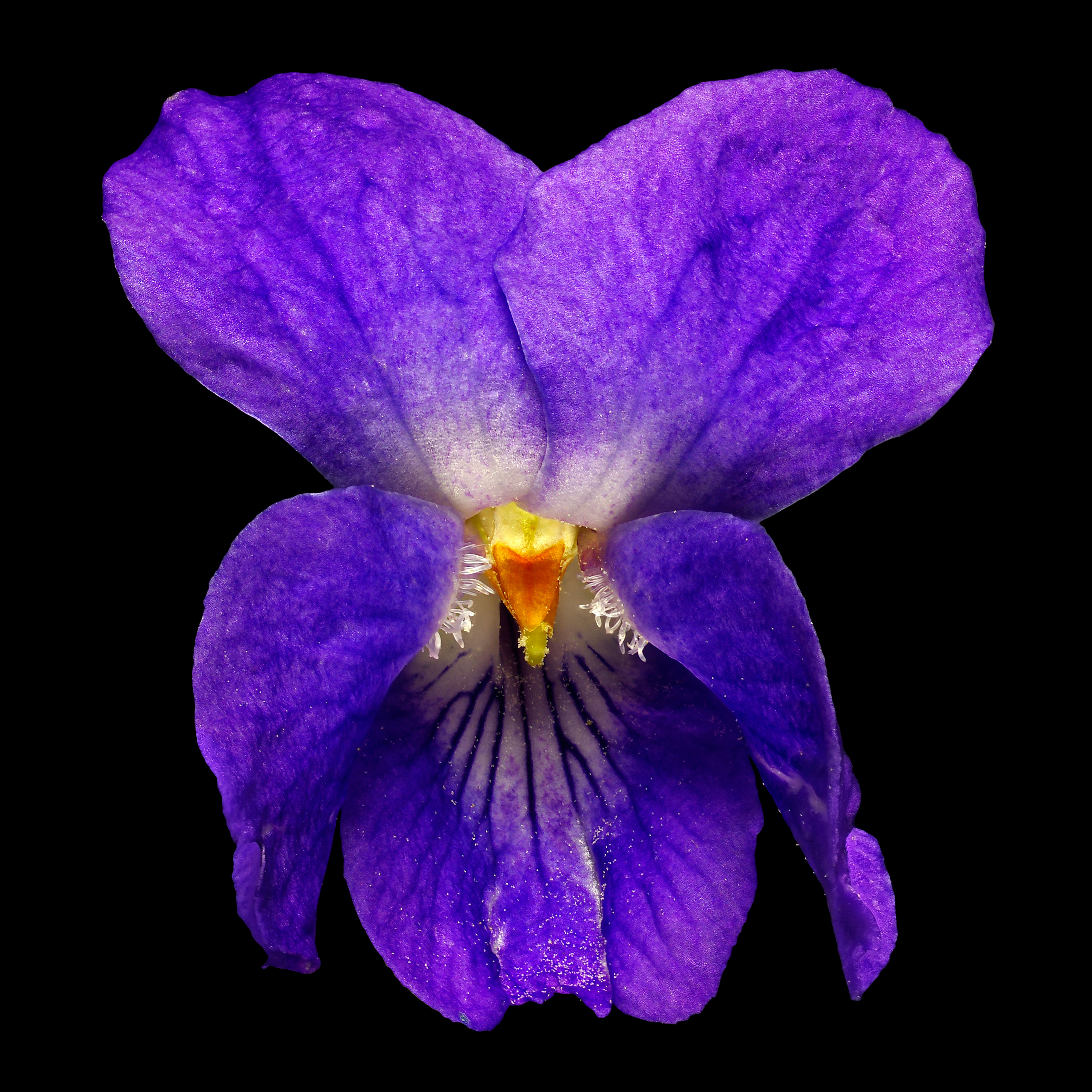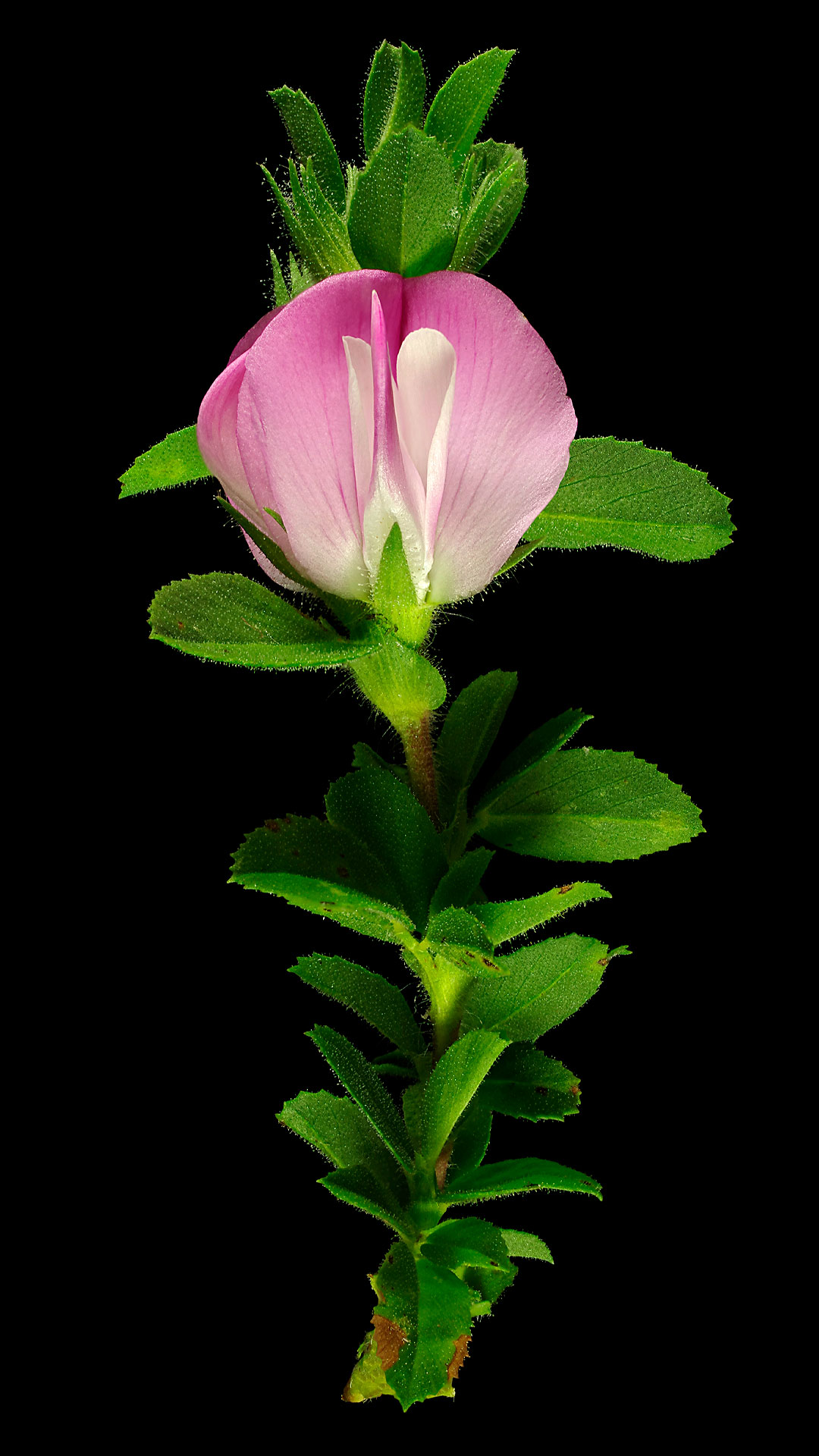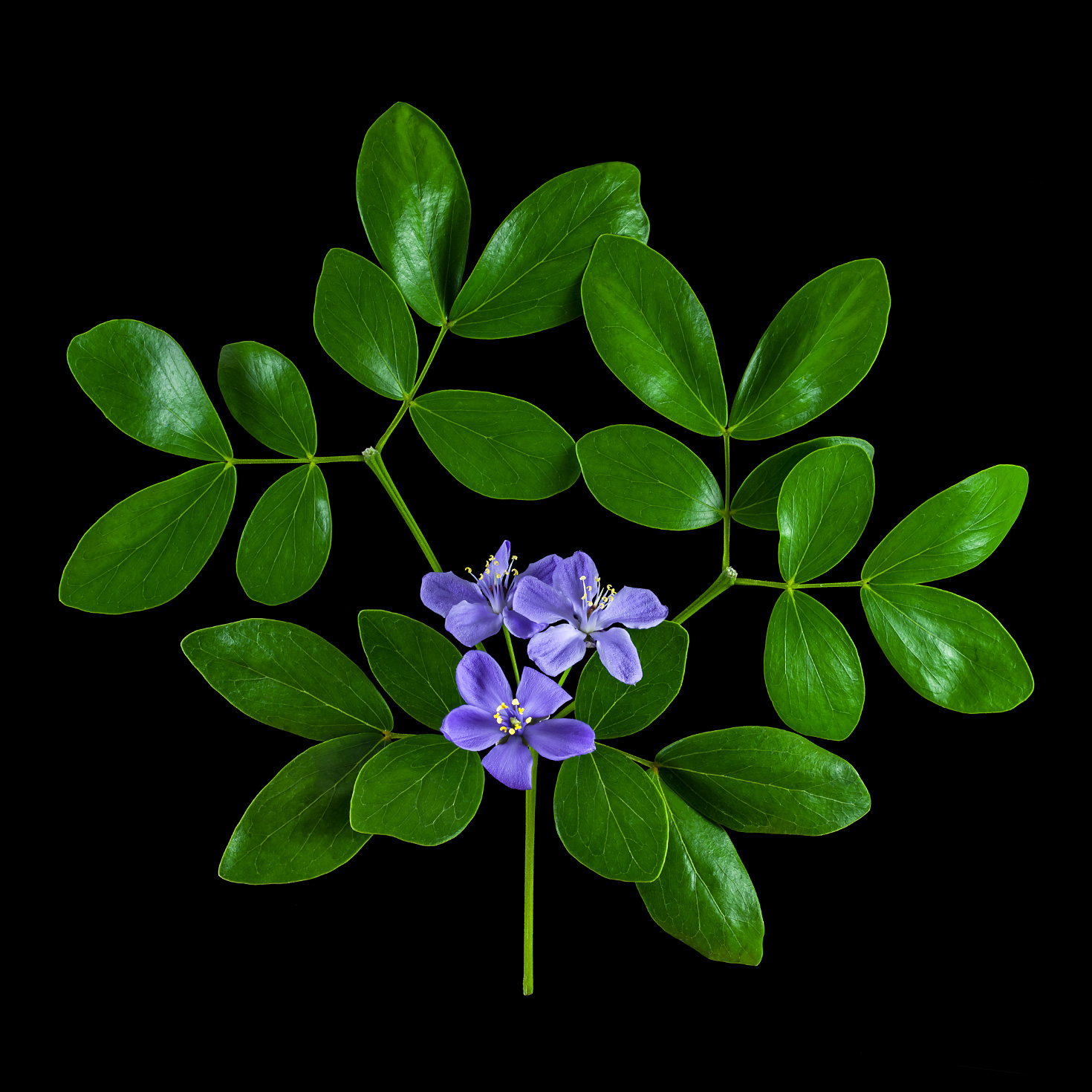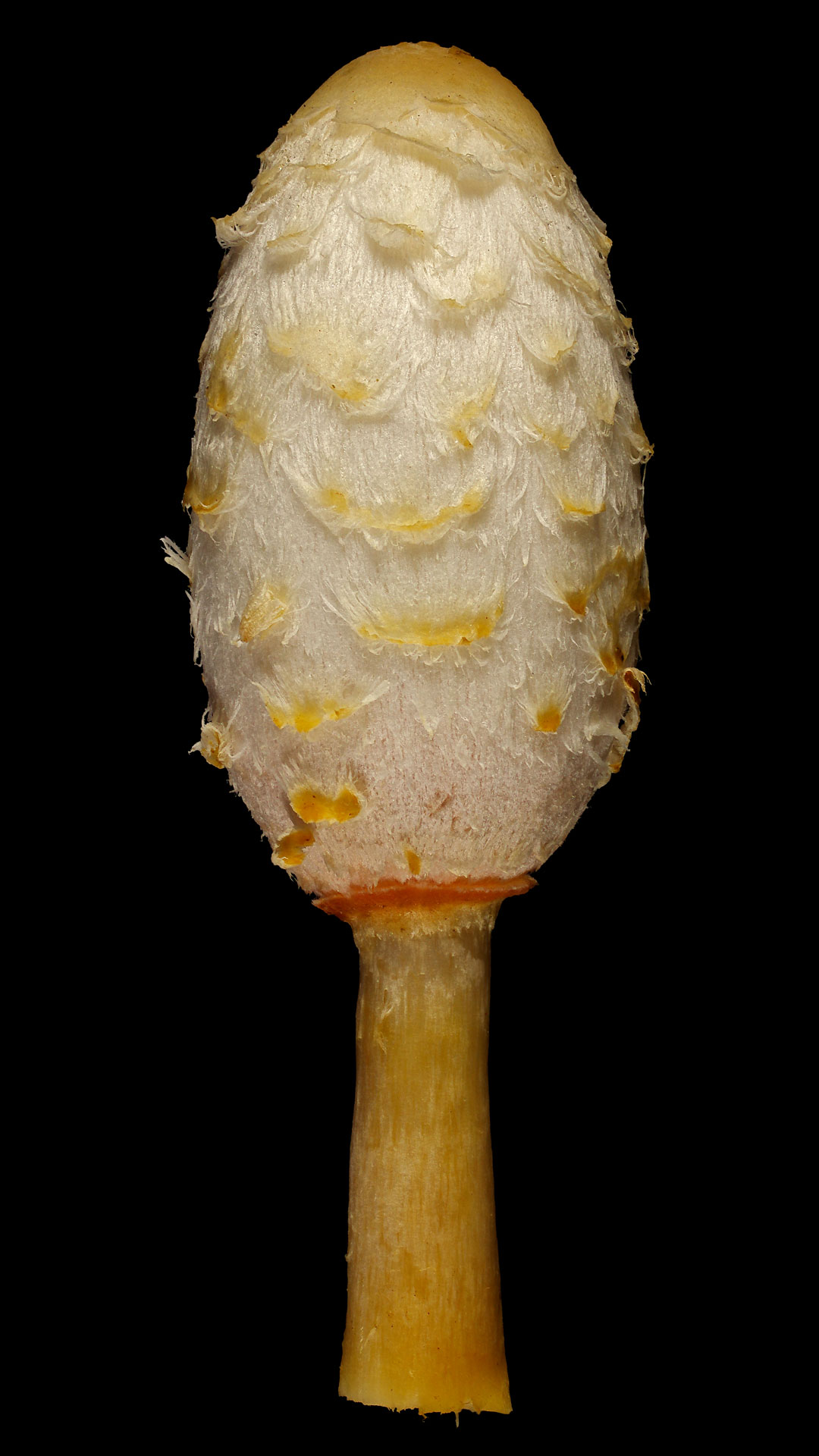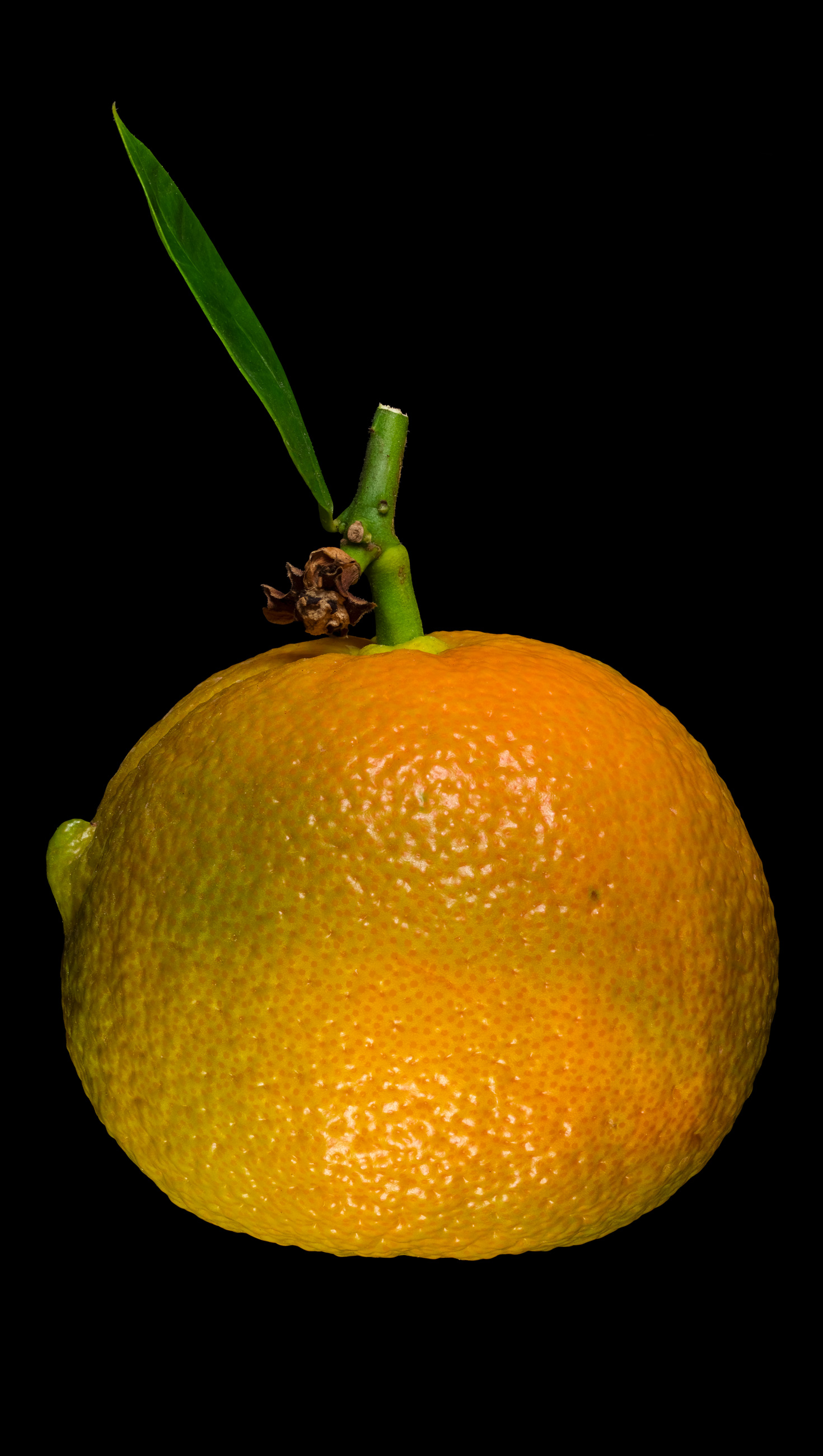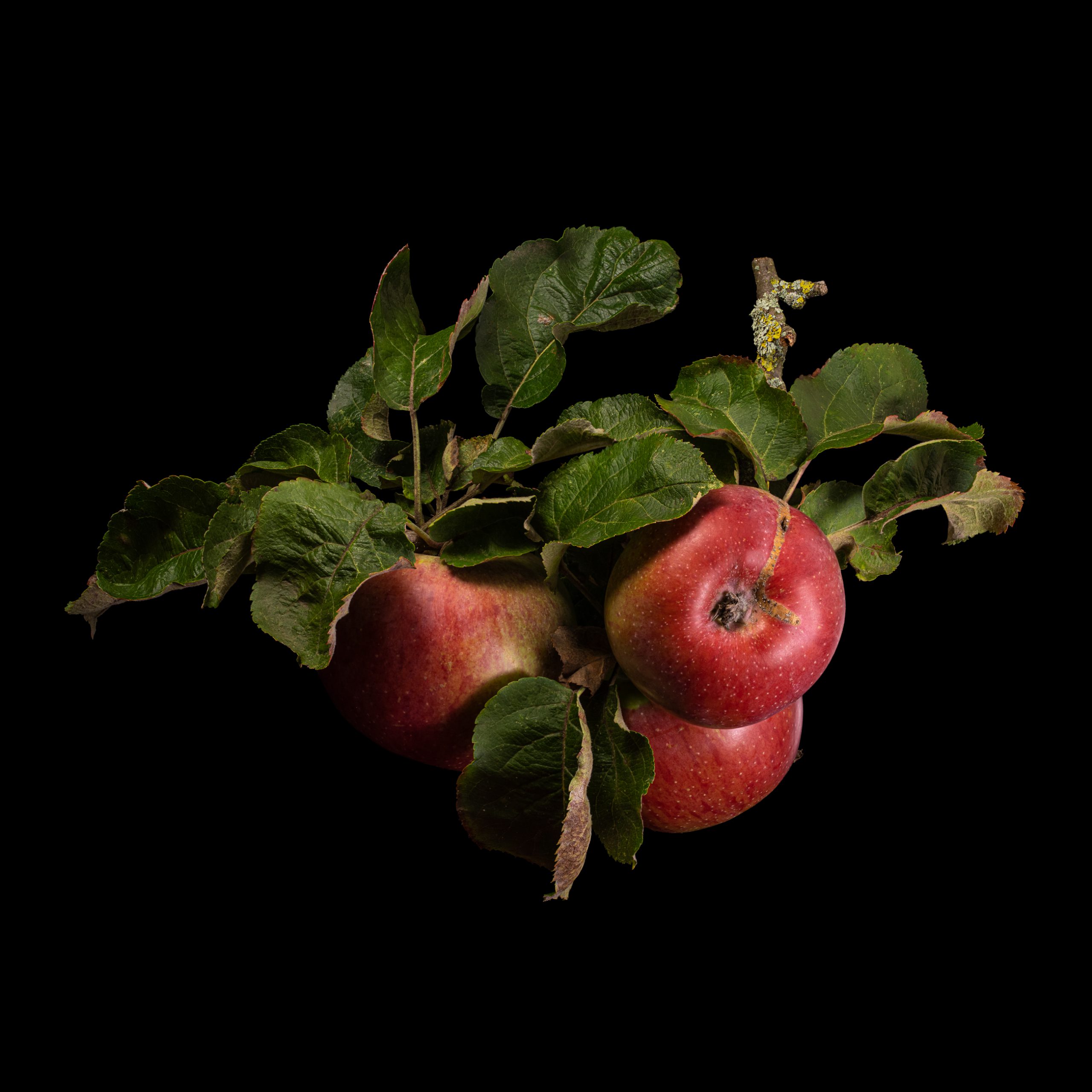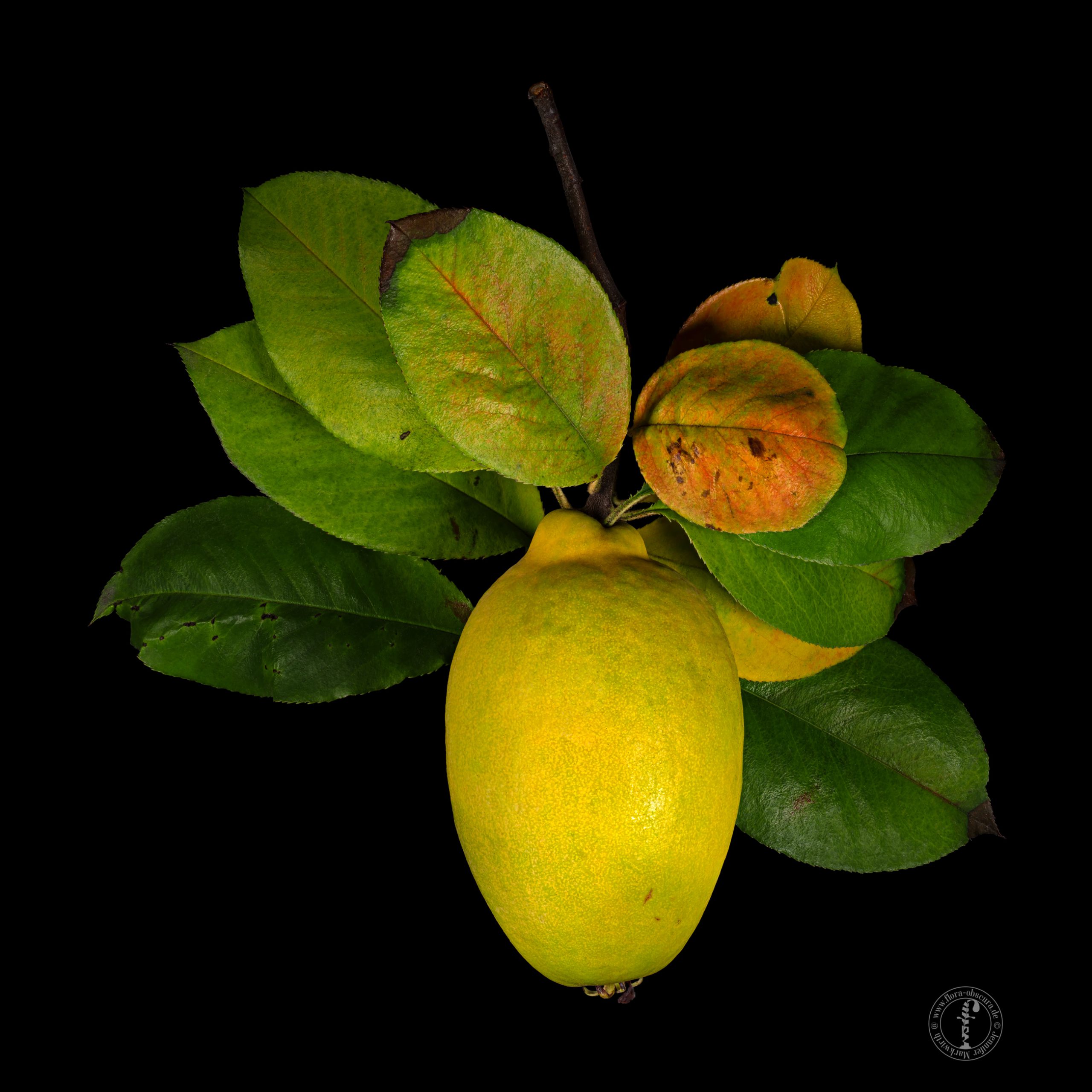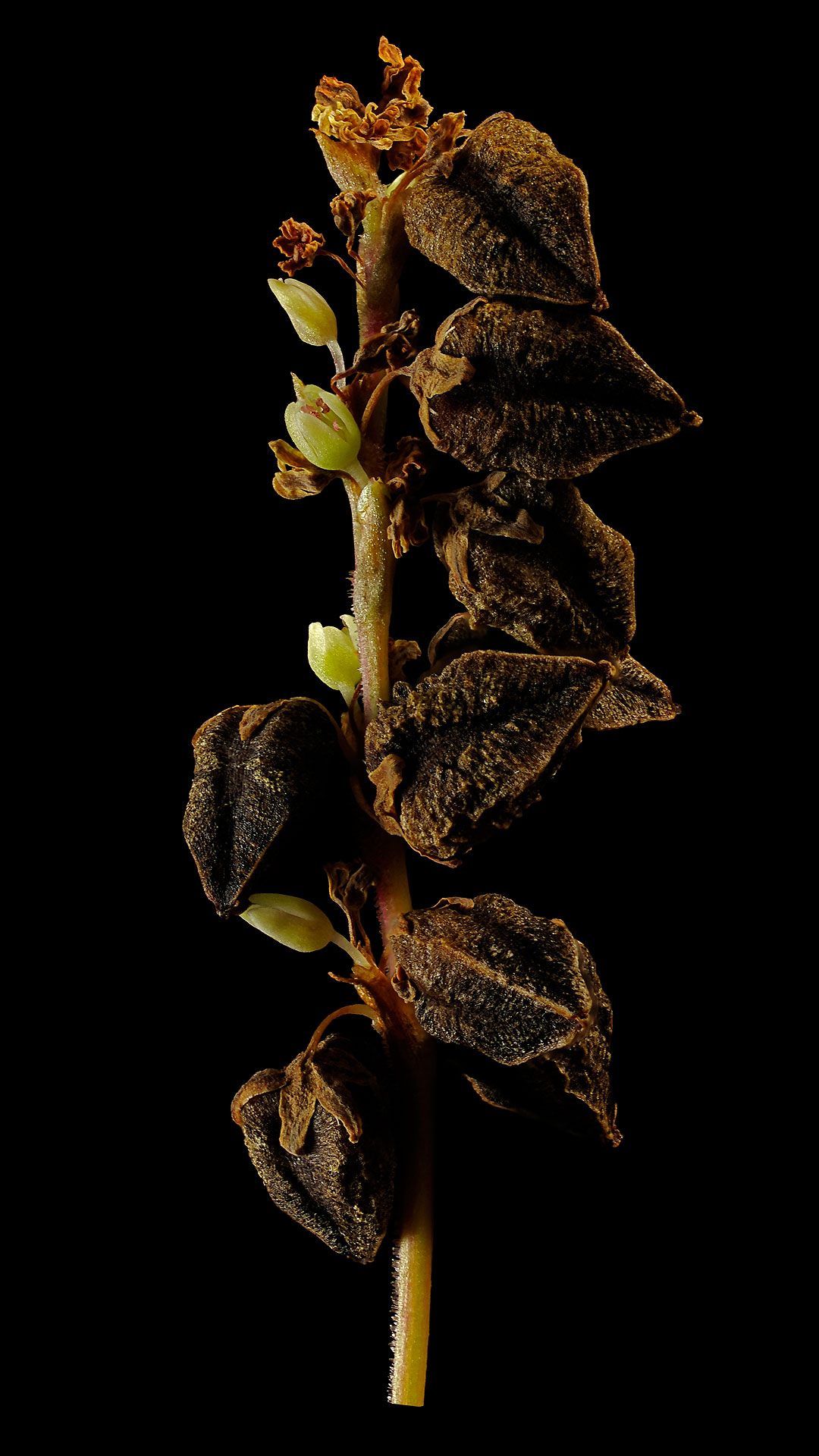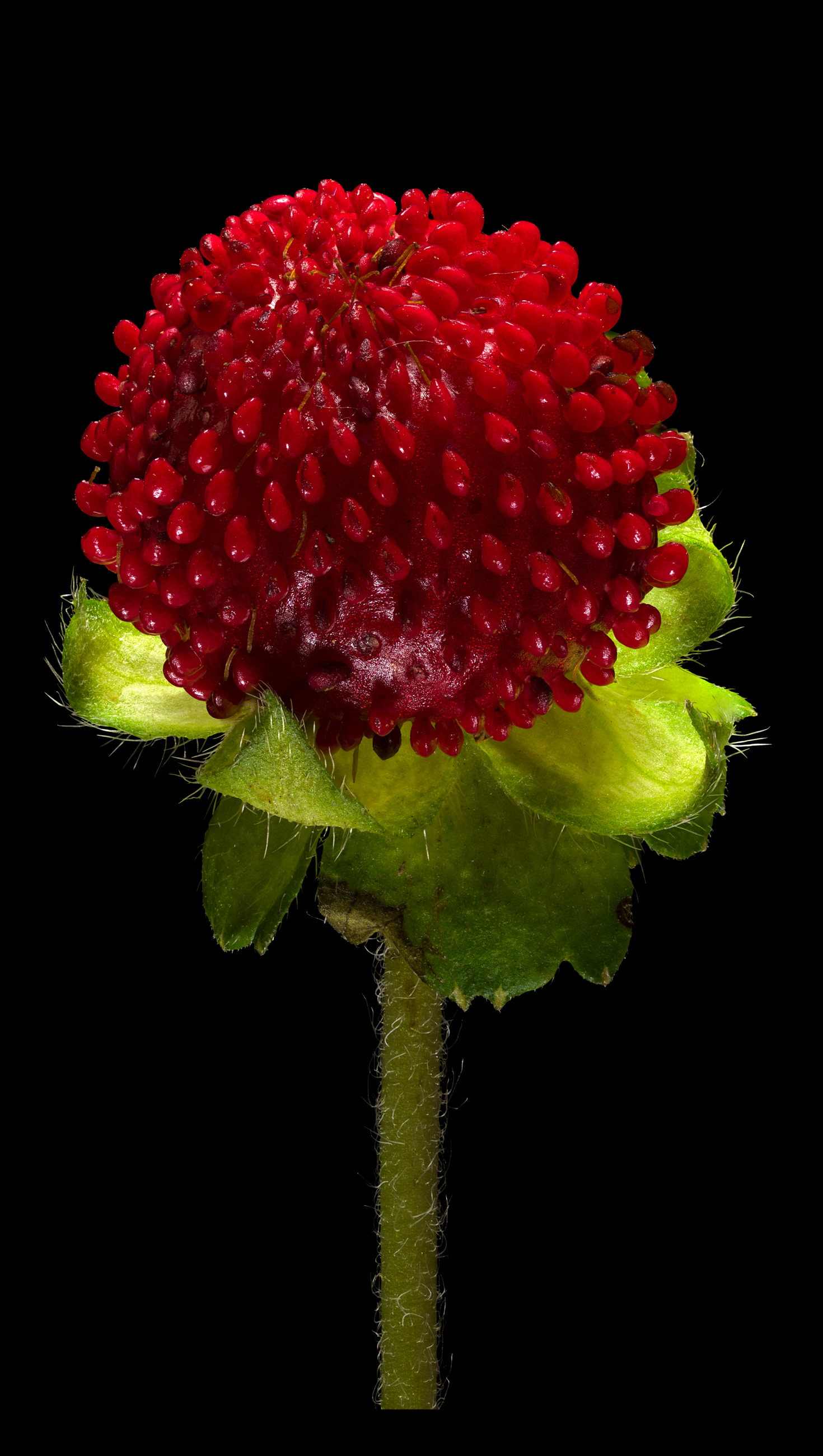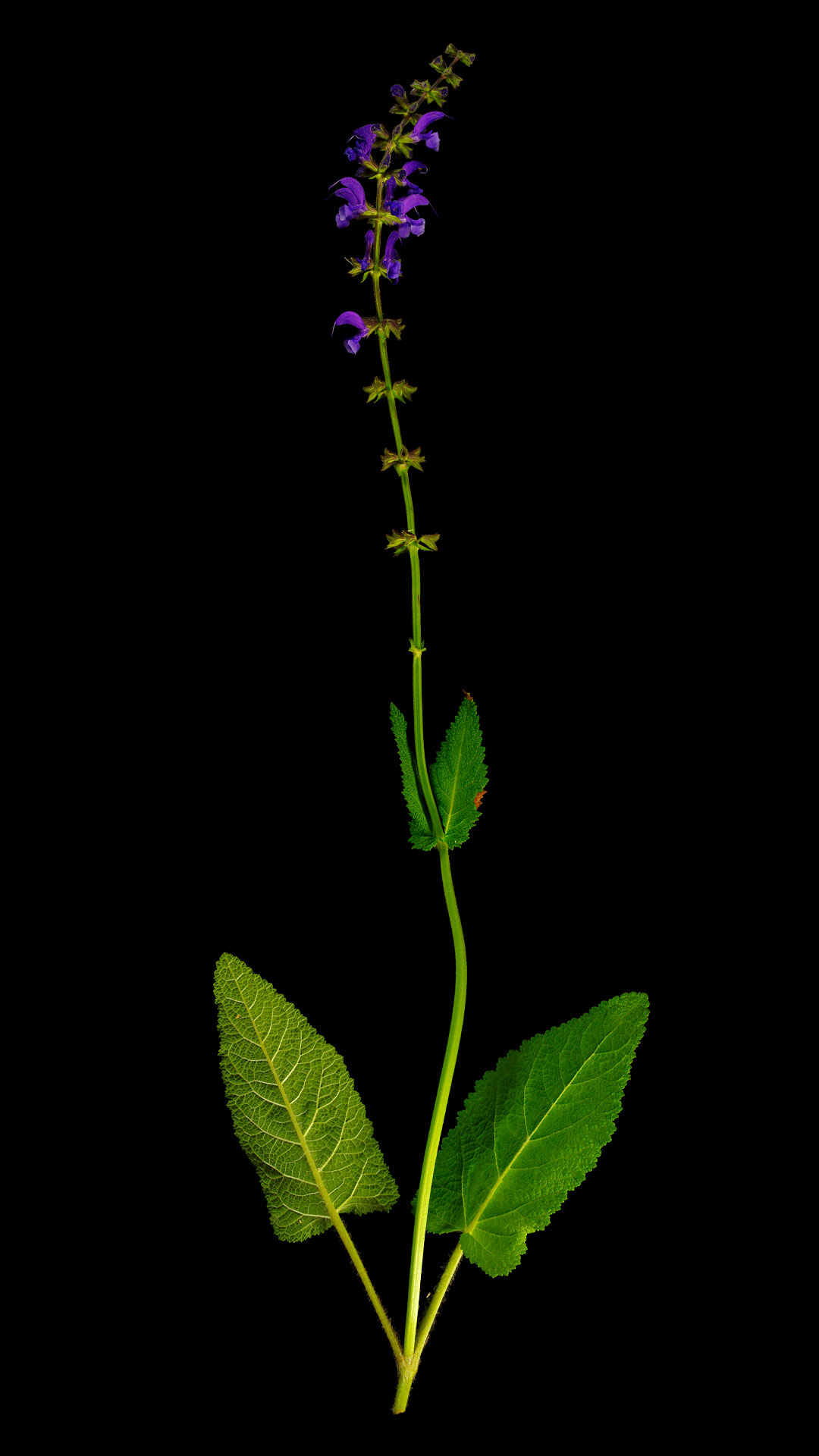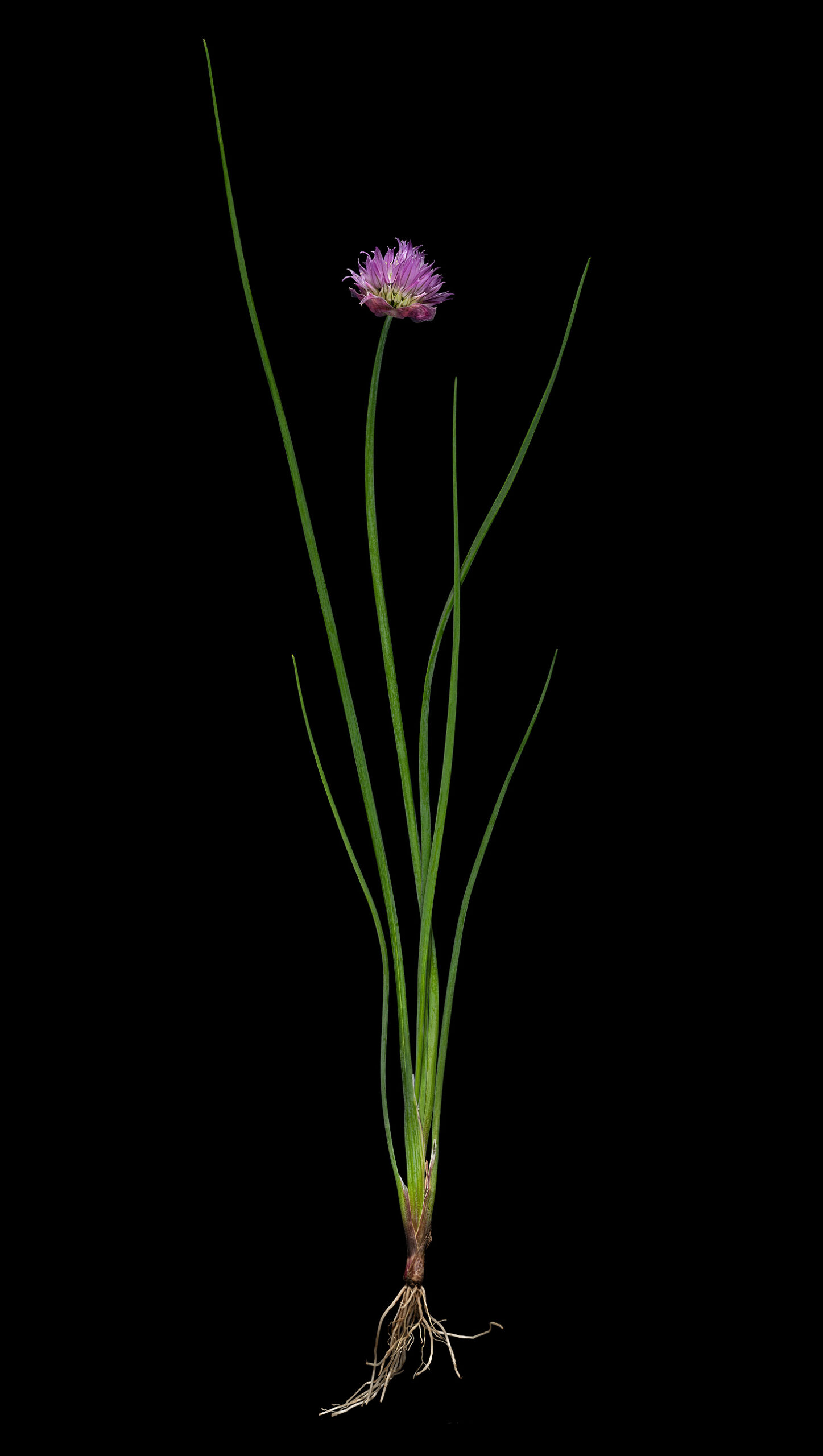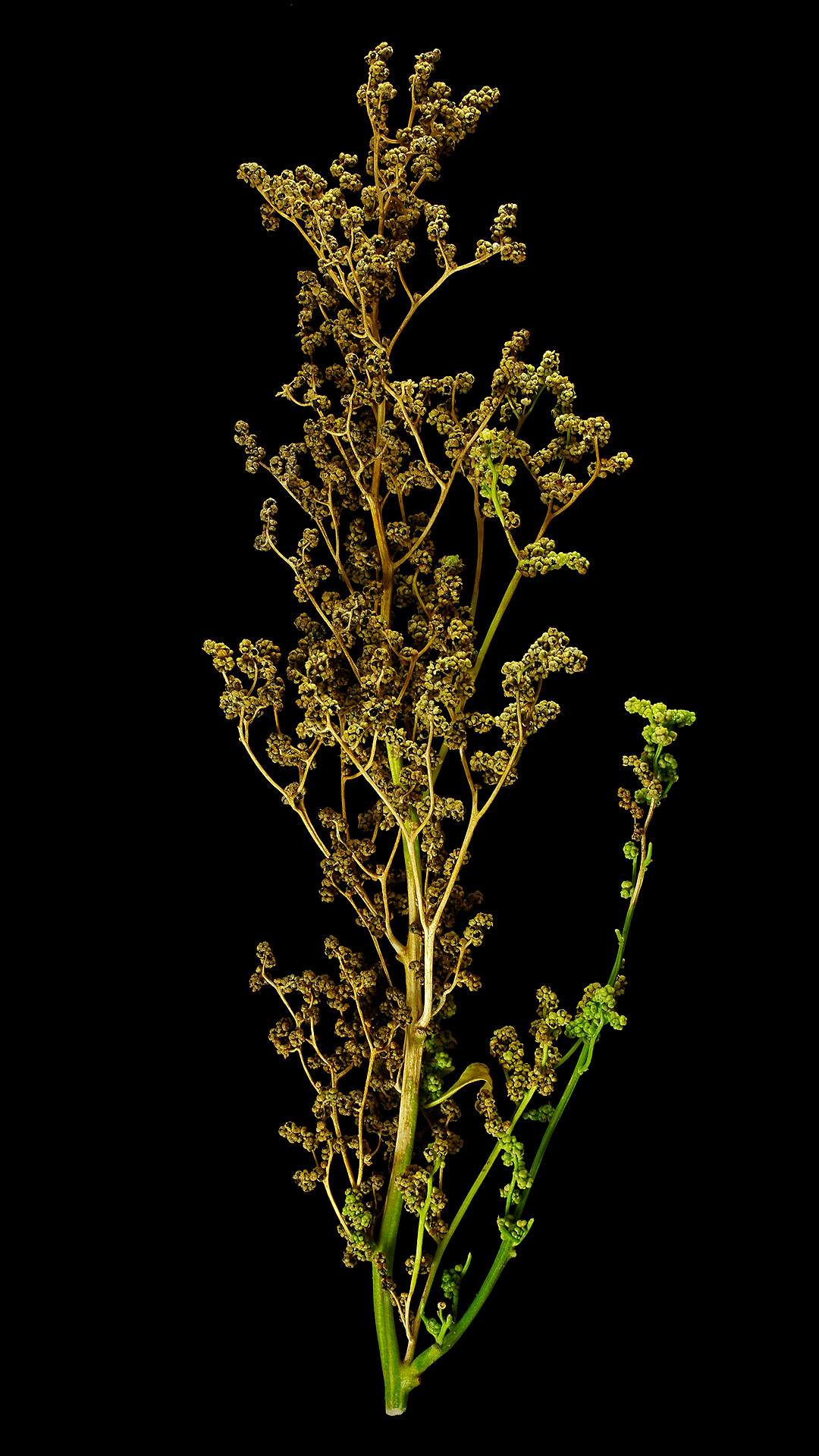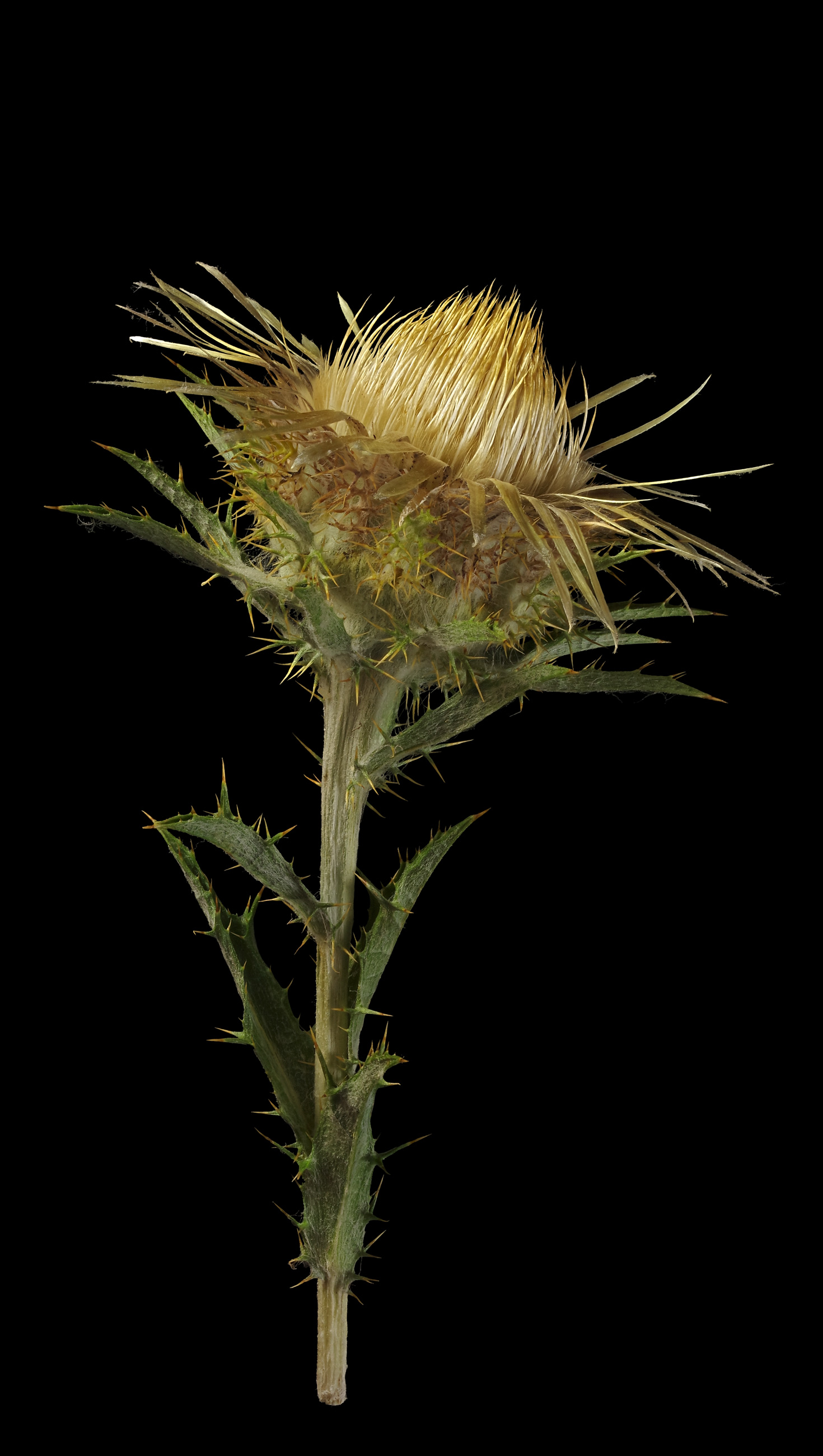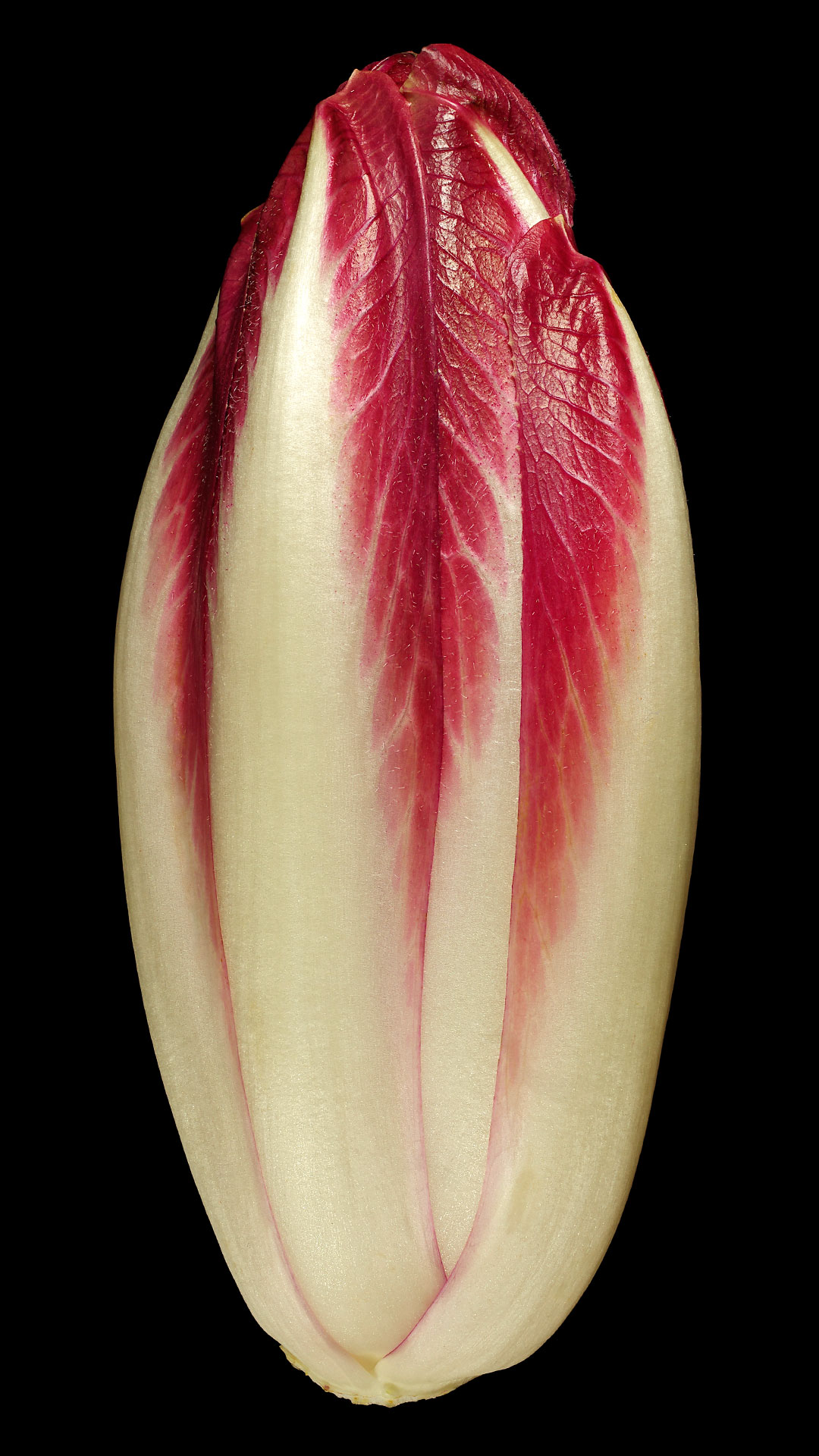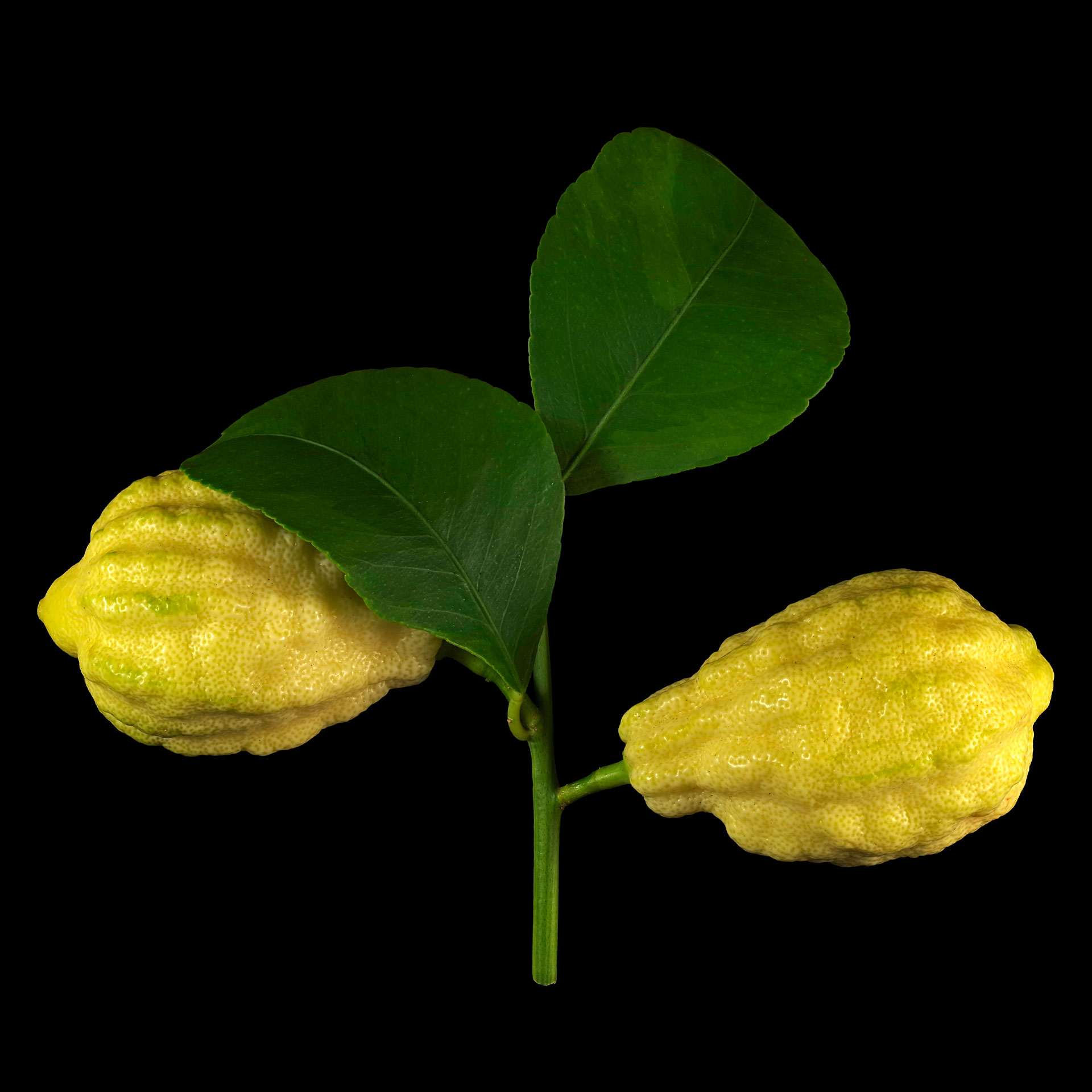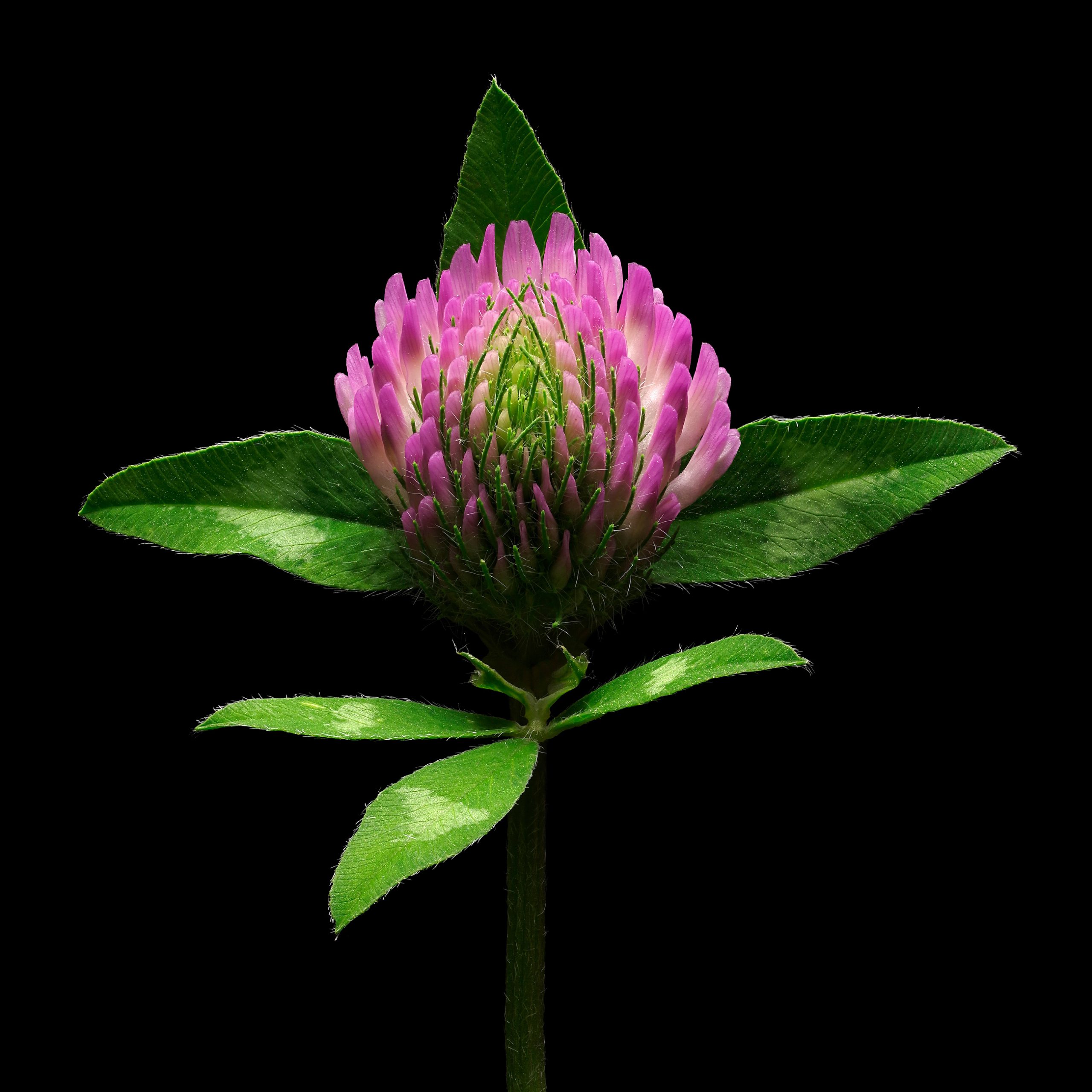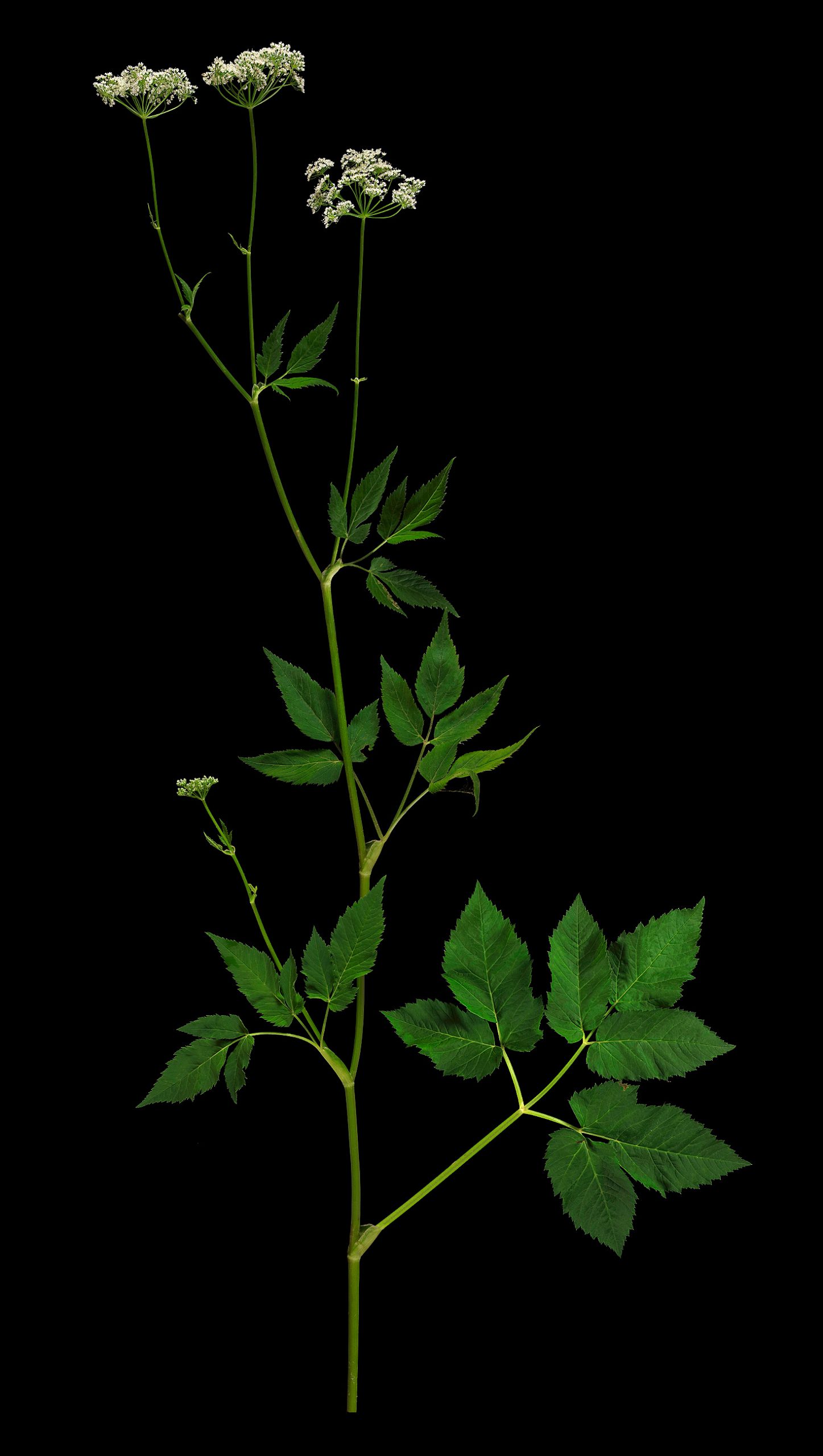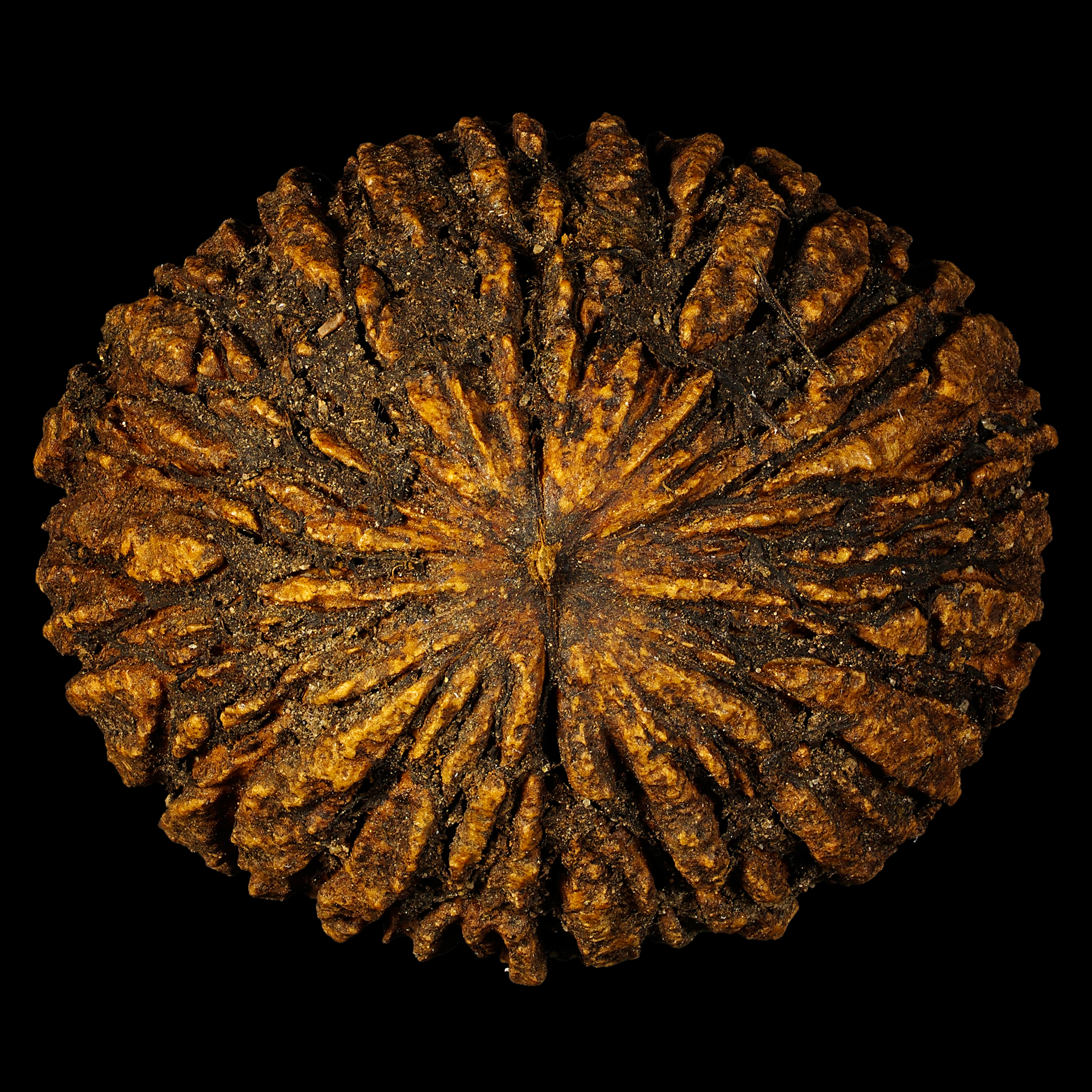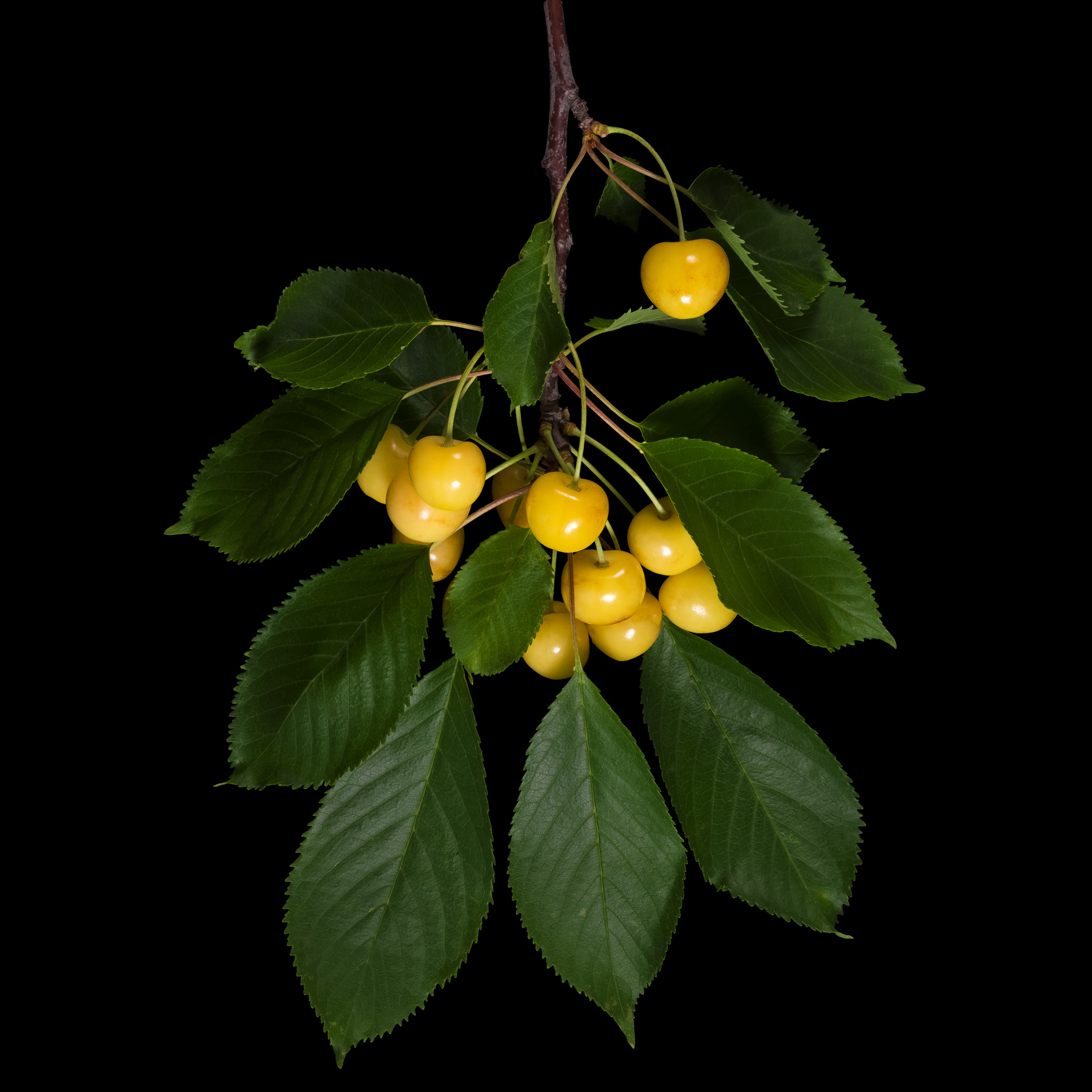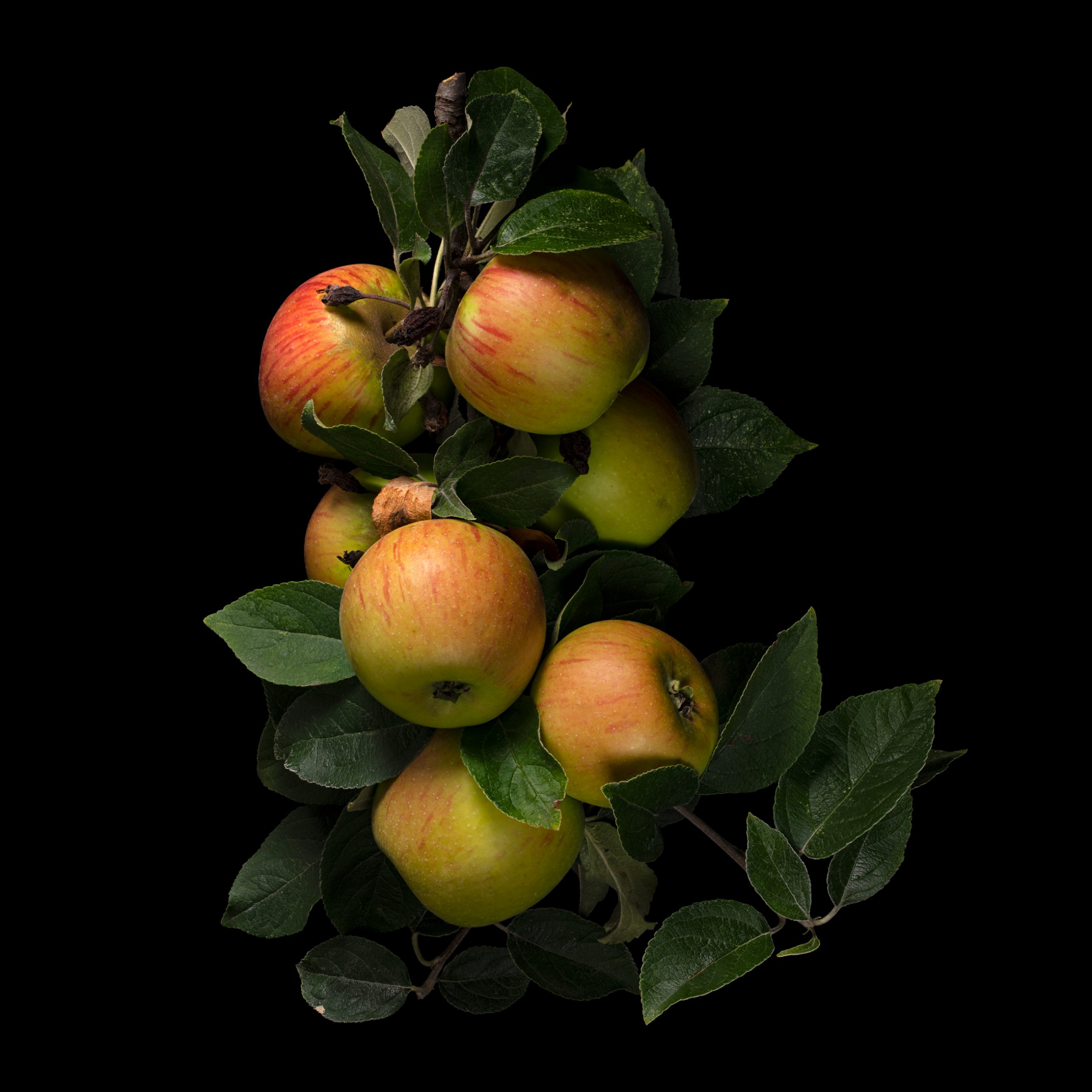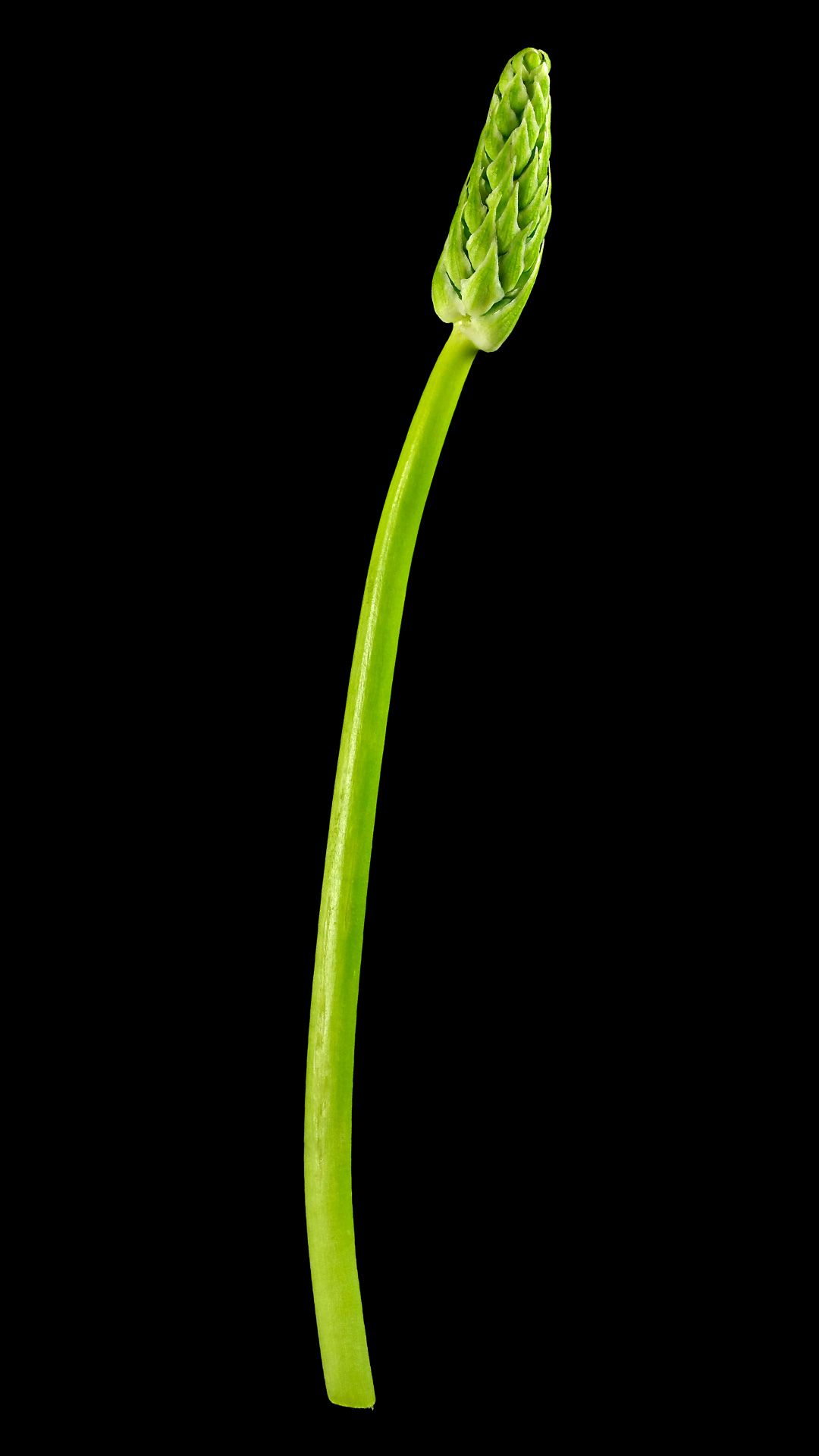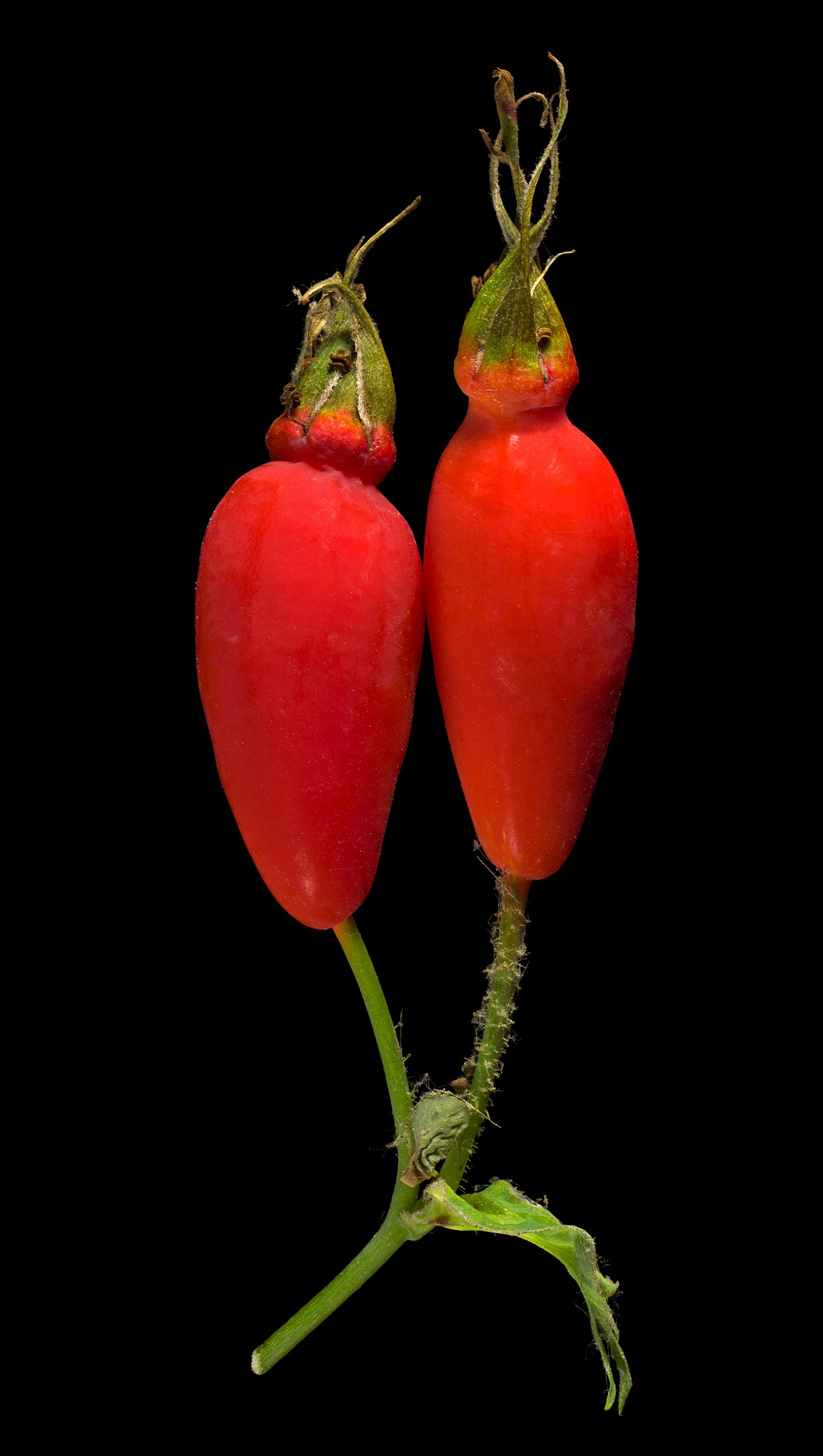Search Results for Europ
They taste is almost the same as blackberries, but a bit more sour than these. The fruits can be picked straight from the shrub, or can be processed to jam and dewberry liqueurs.
If the seeds are not used for jewelery, they can be eaten like nuts. They are supposed to taste like pistachios.
Larch liqueur or larch spirit can be produced from the pink, female flowers of the European larch.
Beech can be used in many ways: the fruits called ” beechnuts ” as nuts or oil fruit and coffee substitute, leaves as salad, wood as smoke aroma.
Rosehips can be used to make fruit tea and Hagebuttenmark.
The small white tubers have boiled about the consistency of marzipan and a pleasant nutty flavour. They can also be eaten raw, roasted or pickled.
The fruits can be cooked to make jam and juice. Raw, on the other hand, they taste very astringent.
The bulbils are only about 5 mm in size and the onion is edible (stems and leaves are too tough) and taste like chives, often the taste is described similar to garlic and can replace it.
This wild vegetable, which tastes like a mixture of celery, carrot green and parsley, is particularly popular as an ingredient for green smoothies. The tender leaves also refine salads or stews and spinach.
Redcurrants are processed to red fruit soups and summer pudding, juice and ice cream. And many more…
Young leaves and stems are edible as vegetables, the small flower buds can be prepared like artichokes.
In Italy, it is best roasted and spiced with Epazote.
Like their red relatives, white currants are popular garden plants, but their fruits are sweeter.
Winter’s Blackberry: Rubus winteri Not a winter crop Winter's blackberry, often called "winter blackberry", probably has nothing to do with the cold season. The "i" at the end of a botanical name usually refers to a surname and I suspect
Kaiser Alexander cucumbers at maturity have a dark brown skin with netting. At this stage, the fruit should be peeled before eating.
It is still a stubbornly held legend that the fruits of the rowanberry or mountain ash are poisonous. The small fruits are ideal for jam, mash, liqueur…
Cornelian cherries taste sweet, but also quite astringent when picked and eaten fresh from trees or hedges.
Finely chopped, creeping cinquefoil is suitable as a seasoning herb in salads or dried in herbal salt. In summer the fresh flowers can be used as edible decoration.
The fruits are sweet and have a very aromatic taste. They are best eaten raw.
During the ripening process, the initially yellow fruit is covered more and more with reddish-brown spots until the whole skin is brown.
Zwetschgen are eaten fresh, processed into zwetschgendatschi tart, schmootsch and as dried fruits.
The fruits are small, not particularly juicy and decompose easily, which is why they have not become established as a fruit plant.
The “conspicuous” blackberry can be consumed directly from the bush as a soft fruit or processed into jam, jelly, liqueur, compote, sorbet and juice.
In Tibet, the roots are supposed to be eaten comparatively frequently as a nourishing root vegetable. They can be processed fresh or dried for later use. The leaves can be chopped (because they are very fibrous) and added as wild herbs in salads or steamed in oil.
Dispite the striking strawberry-like fruits, the strawberry goosefoot is a leafy vegetable.
Bog bilberries can be freshly taken from the shrub or processed into jam, compote, liqueur and wine.
The variety morello cherry (subsp. acida) is well-known and often traded in glass jars, as compotes and jam, and it is an essential ingredient in the Black Forest gateau.
Wild oat is edible and can be valuable in times of need as a famine food.
The flower buds or flower bottoms of the burdock are edible like the artichoke. The young leaves are edible as wild vegetables.
The variety ‘Rotonda bianca sfumata di rosa’ is found in the trade quite rare, typical in our (European) view are the black varieties.
The leaves can be eaten raw or cooked as leaf vegetables such as spinach. The black-brown seeds can be used as pseudocerals.
Wild garlic can be collected in the spring from March to the end of April in many places in the forest. There it grows as a dense, dark green carpet.
Blackthorn fruits are made into jam, jelly and compote.
Eat the young leaves and the unopened flowers, which can also be used as a substitute for capers.
The whole herb, including the deep purple flowers, can be eaten raw as a salad or cooked as leaf vegetables.
The black, round berries with white little hairs are best eaten fresh as soft fruit, but they are of course also suitable for making jam, jelly, juice and liqueur.
Although the seeds of the hairy love grass produced in panicles are only about 0,5-0.8 mm in size, they are used as cereals.
Flower sprouts taste milder than many other types of cabbage and require only a short cooking time.
Like many other mushrooms too, the coral tooth fungus is best fried and subtle seasoned with salt and pepper.
Together with extracts of other flowers, violets form the basis of the violet liqueur “Parfait Amour”.
The shoot tips and the young leaves can be used raw in salad and boiled like spinach.
The Shaggy mane is one of the few mushrooms for which no trip into the forest is necessary to collect them, because they are in our midst – even in big cities.
The fruits of the horned bitter orange bear one or more conspicuous bulges that can look like horns.
The ‘Anhalter’ apple variety is classified as a cider apple. It has a high tannin content and is therefore particularly suitable for the production of cider and apple juice.
In their East Asian origin, the fruits are chopped up and drunk as fruit tea, or they are made into canned goods.
The Tartary or India buckwheat can be used like the common buckwheat.
The strawberries-like red fruits are edible, but taste dull and watery.
The leaves of the meadow sage are used like the common sage, but they are milder.
Chives are finely chopped or cut with scissors, and are used in herb butter, sauces and various other herbal preparations.
The black-brown seeds can be used as pseudocereals similar to quinoa, for example boiled as a porridge and grounded to a flour as addition to baking flour.
The flower bases of the buds can be eaten like an artichoke, but those of the carline thistle are much smaller and hardly productive.
Common belgian endive (with the yellowish to light green leaves) is much better known and more frequently found on the vegetable shelf than this violet variety.
The value of the furrowed lemon does not lie in their yield, they are more regarded as ornamental fruits. Nevertheless, this variety is edible like common lemons: as lemonade, jam and much more.
All parts of meadow clover are edible, and a flour made from the ground leaves tastes of vanilla.
Ground elder or goutweed is a widespread herb plant that can be found almost all year round and can be used as a wild vegetable not only in times of need.
The Eastern black walnut is used in the USA as in Europe the common walnut.
Of all the yellow cherry varieties, this one is probably the best known and most common throughout Germany.
The King of the Pippins is low in acidity and tastes sweet, and for a long time this cultivar was considered one of the best apples in the world.
The flower sprouts of bath asparagus, which look like green corn ears, are edible and are prepared like green asparagus or eaten raw.
The fruits of the childing orange are “pregnant” with another fruit: in the interior grows a smaller fruit, along with a peel.
North American natives made tea from the leaves and also ate them as a salad. The inner bark was smoked like tobacco.



